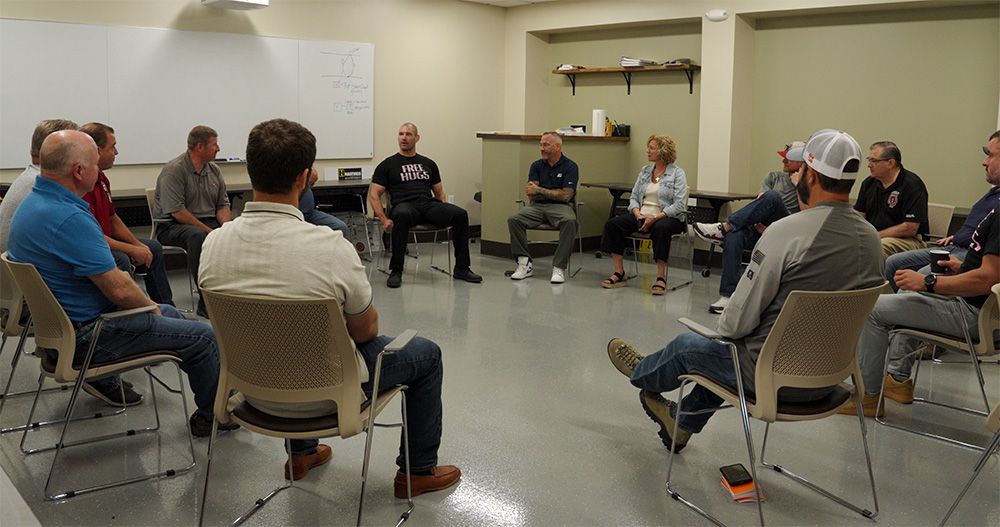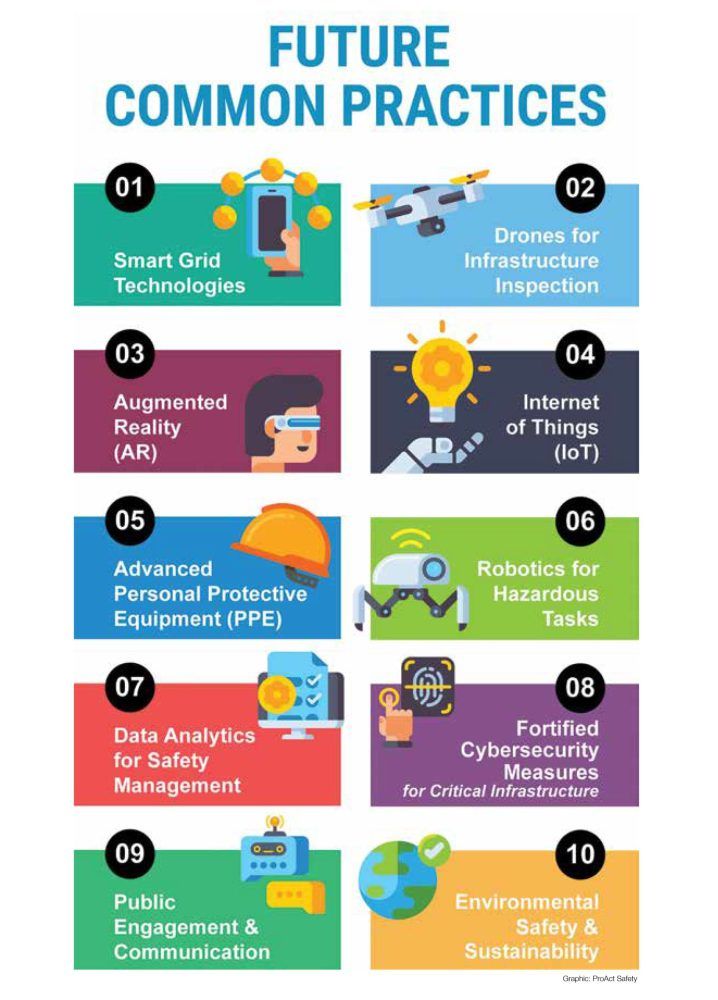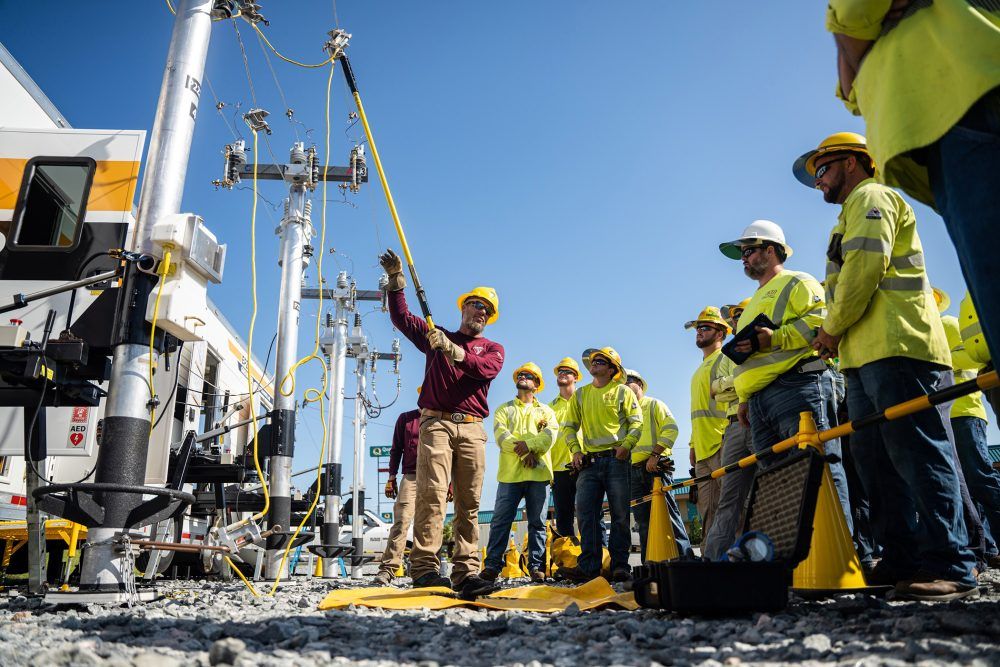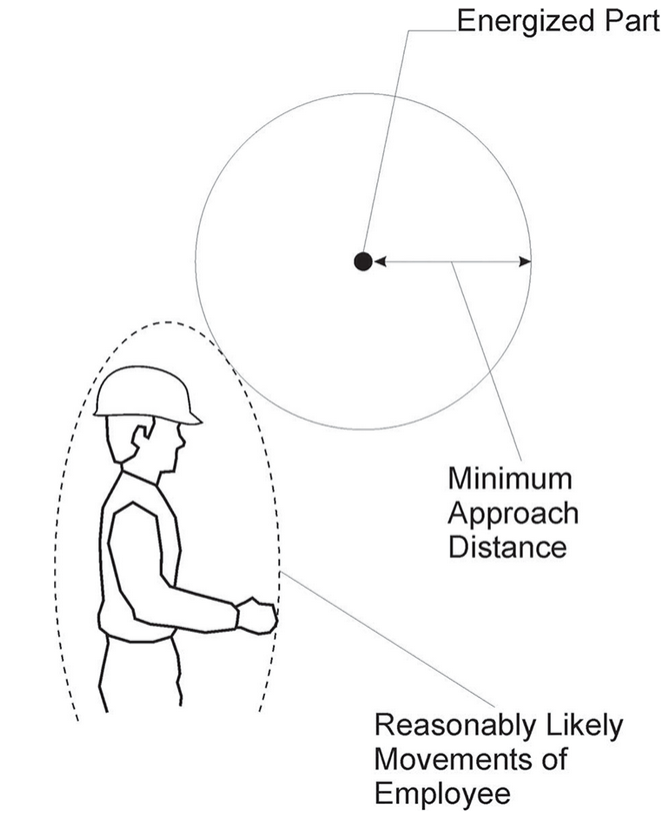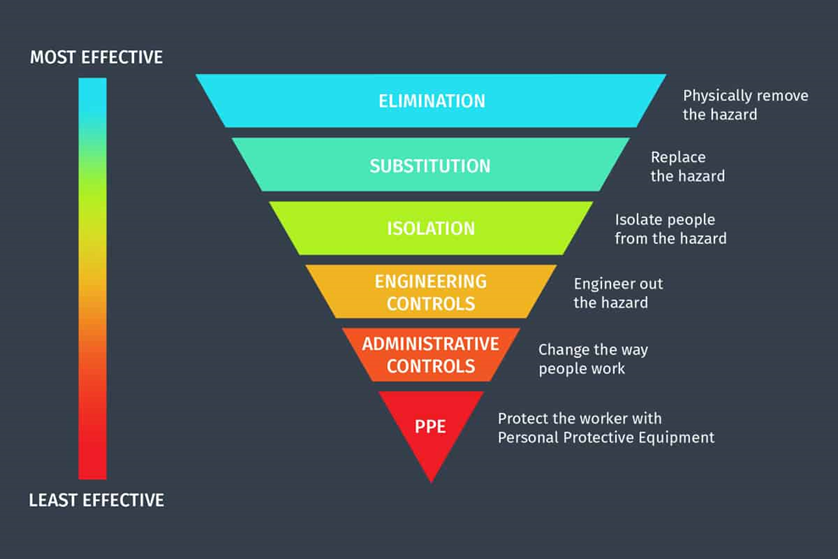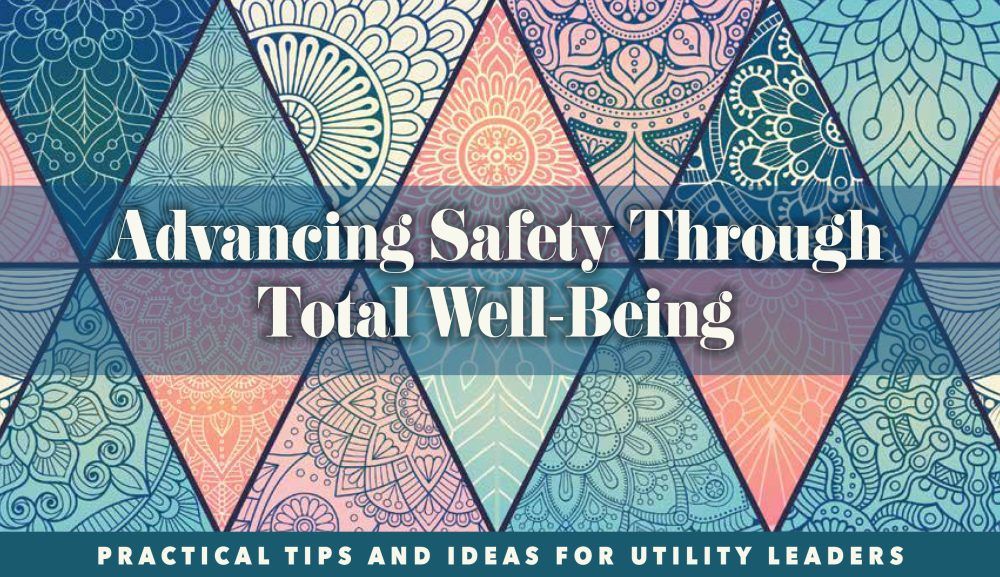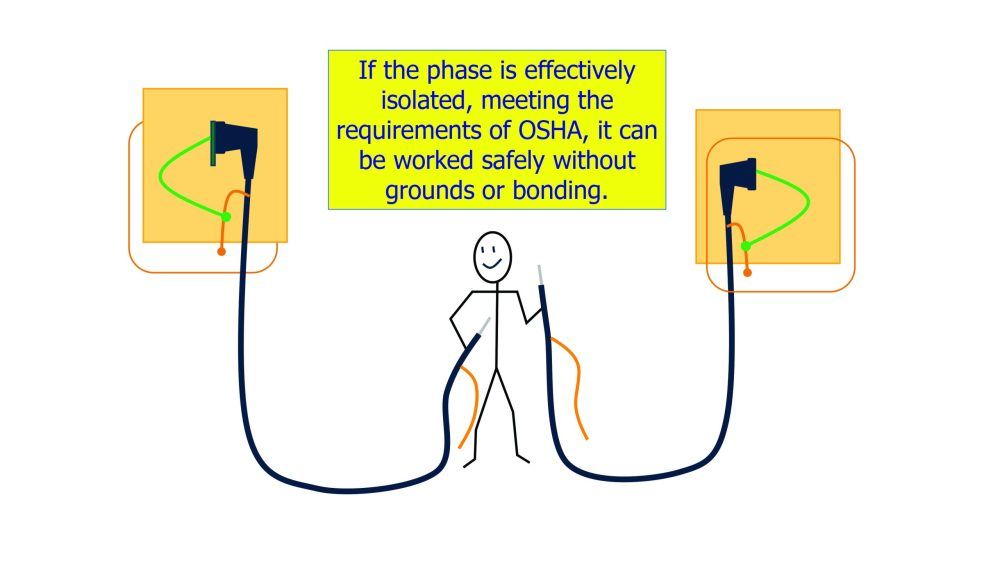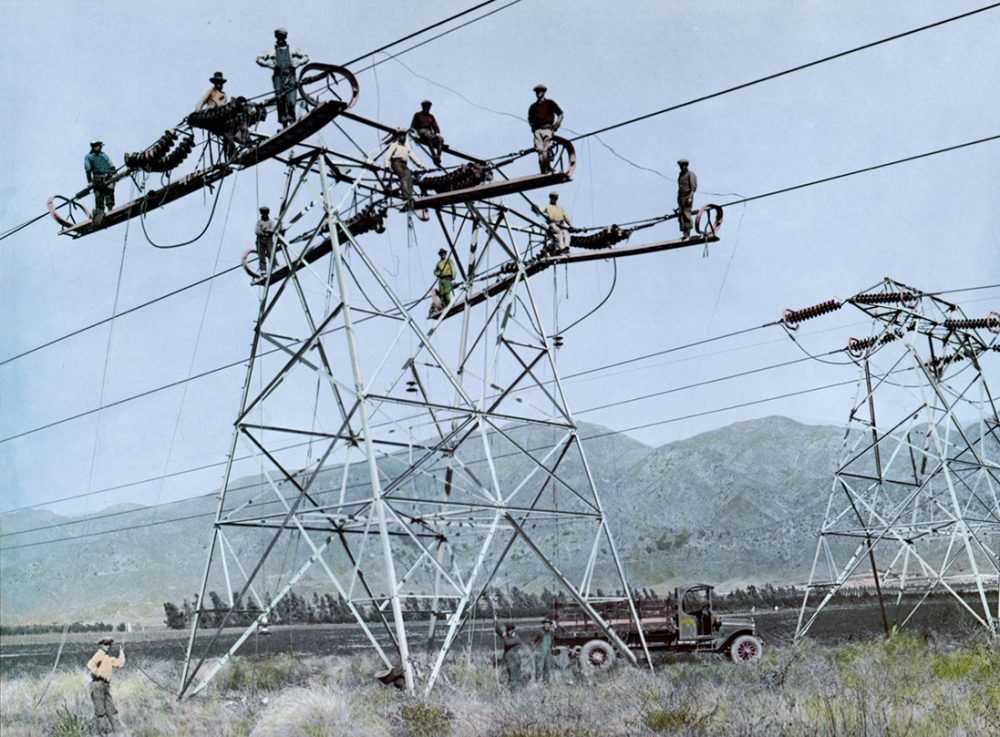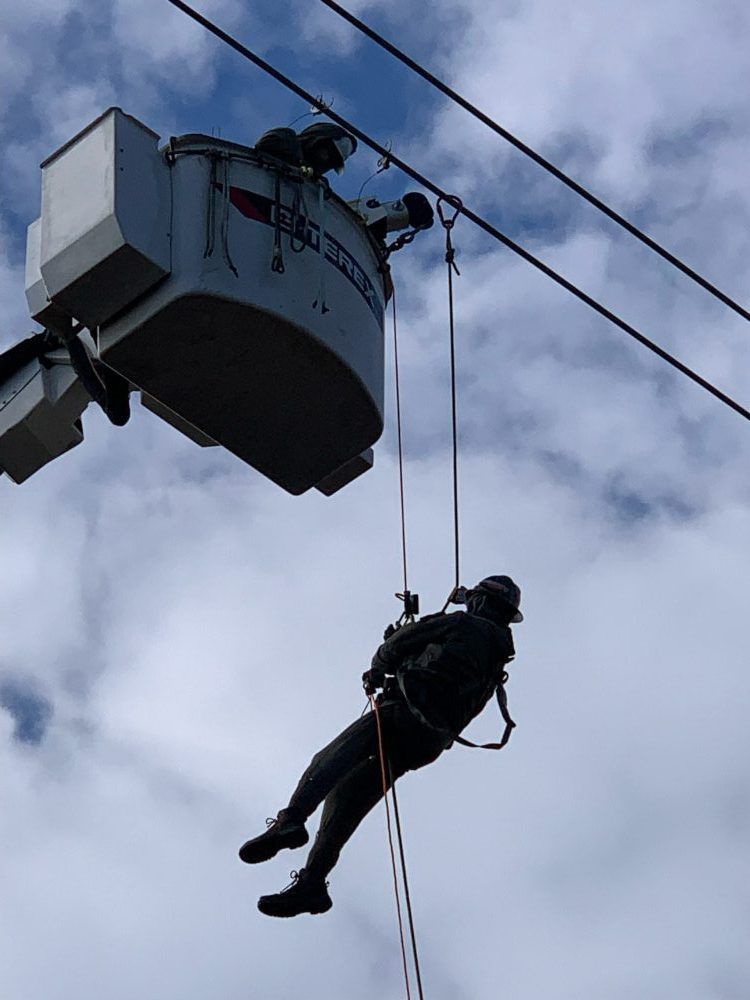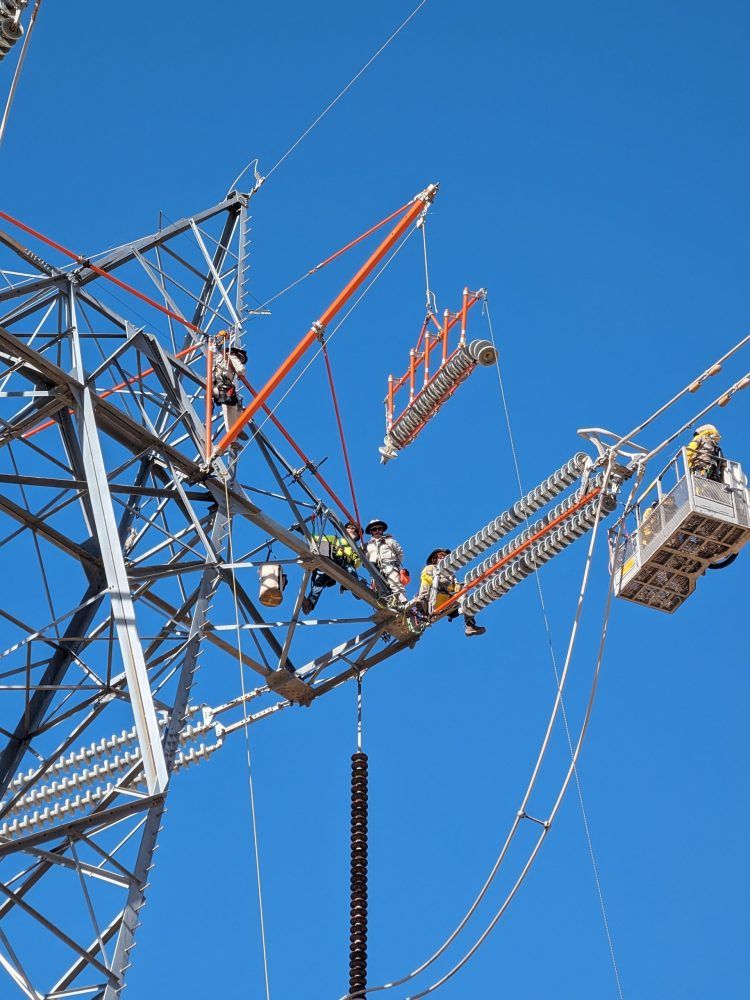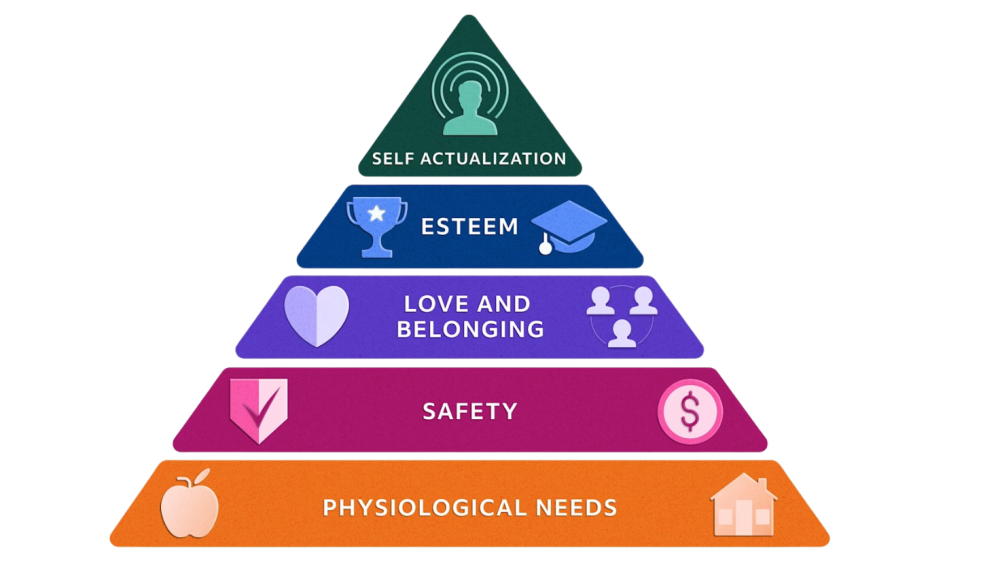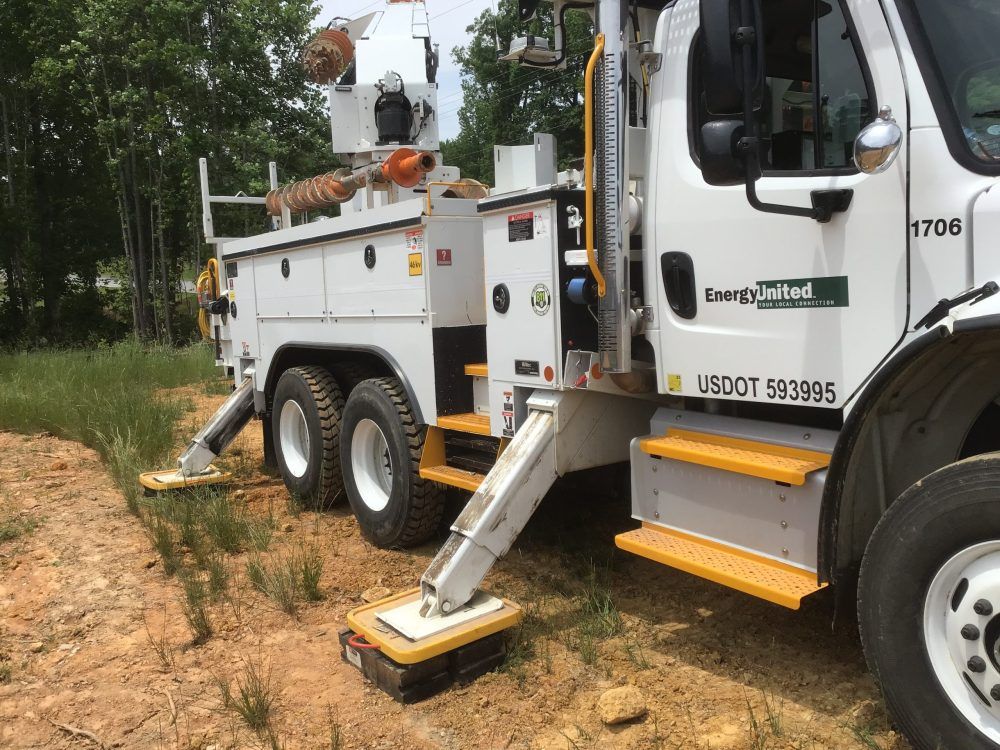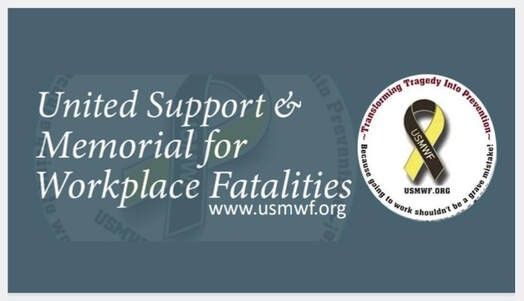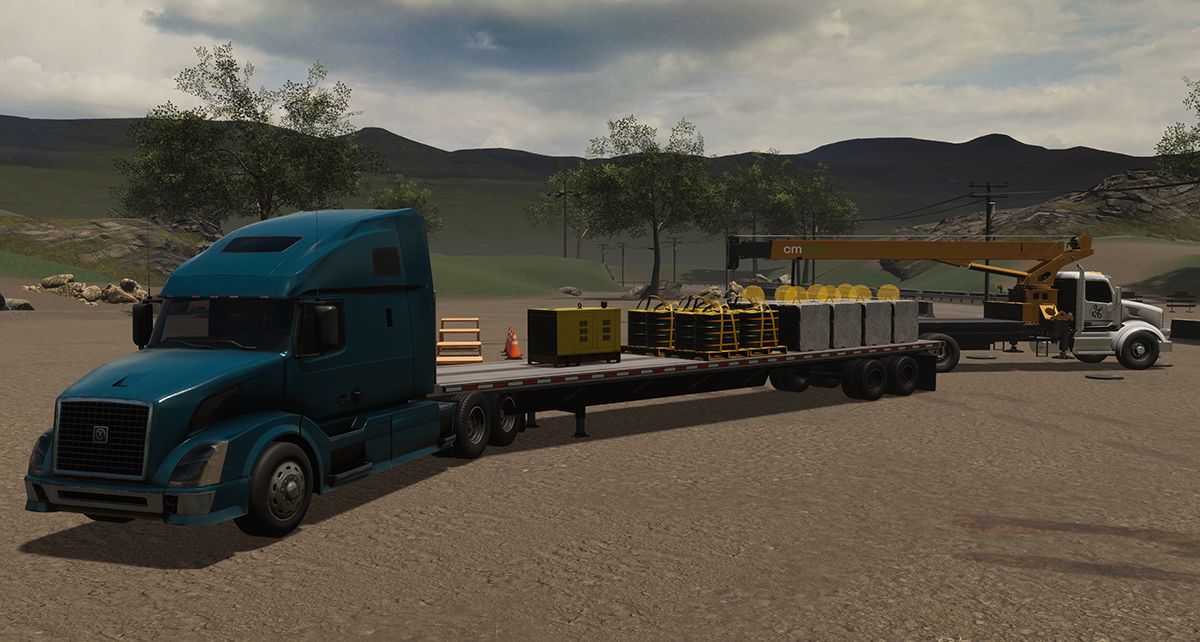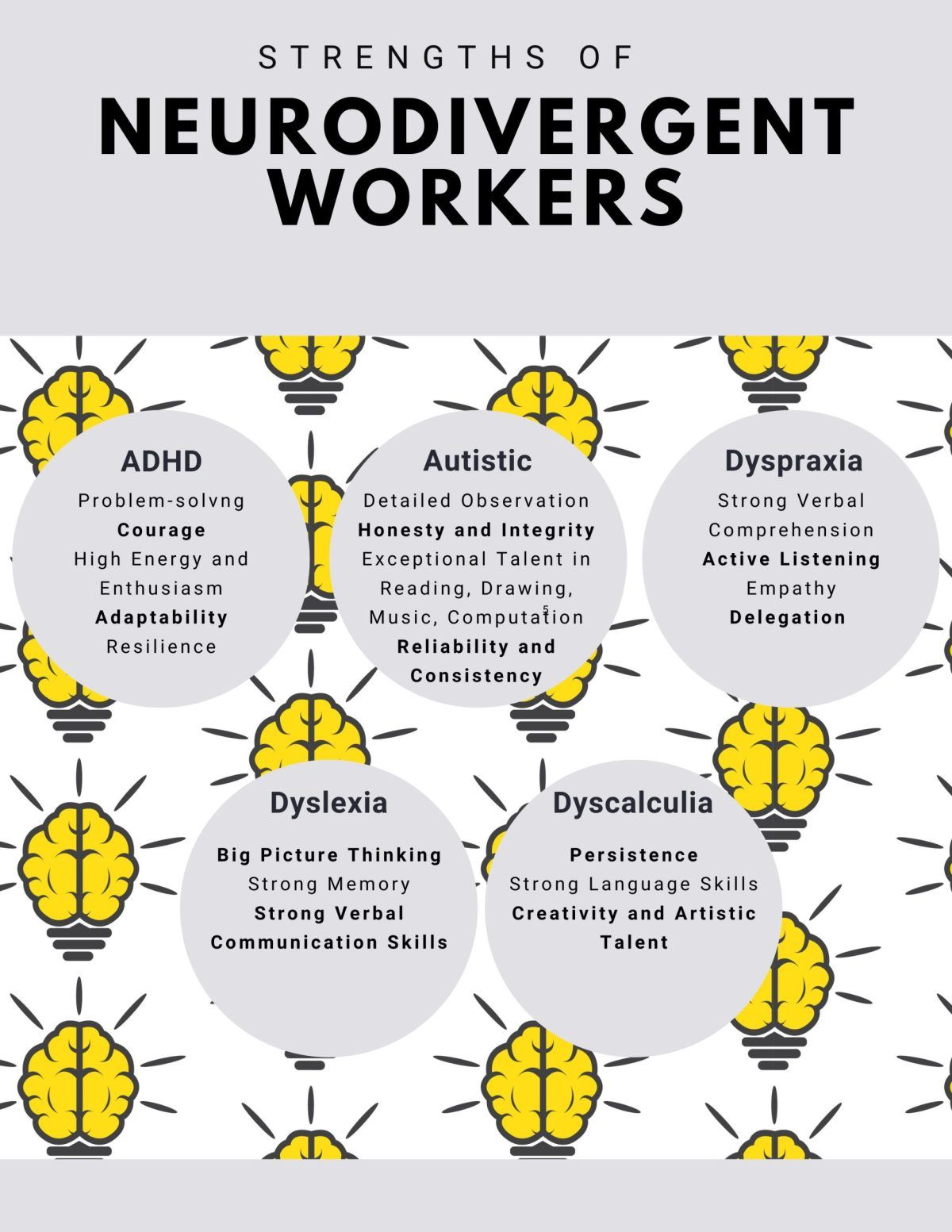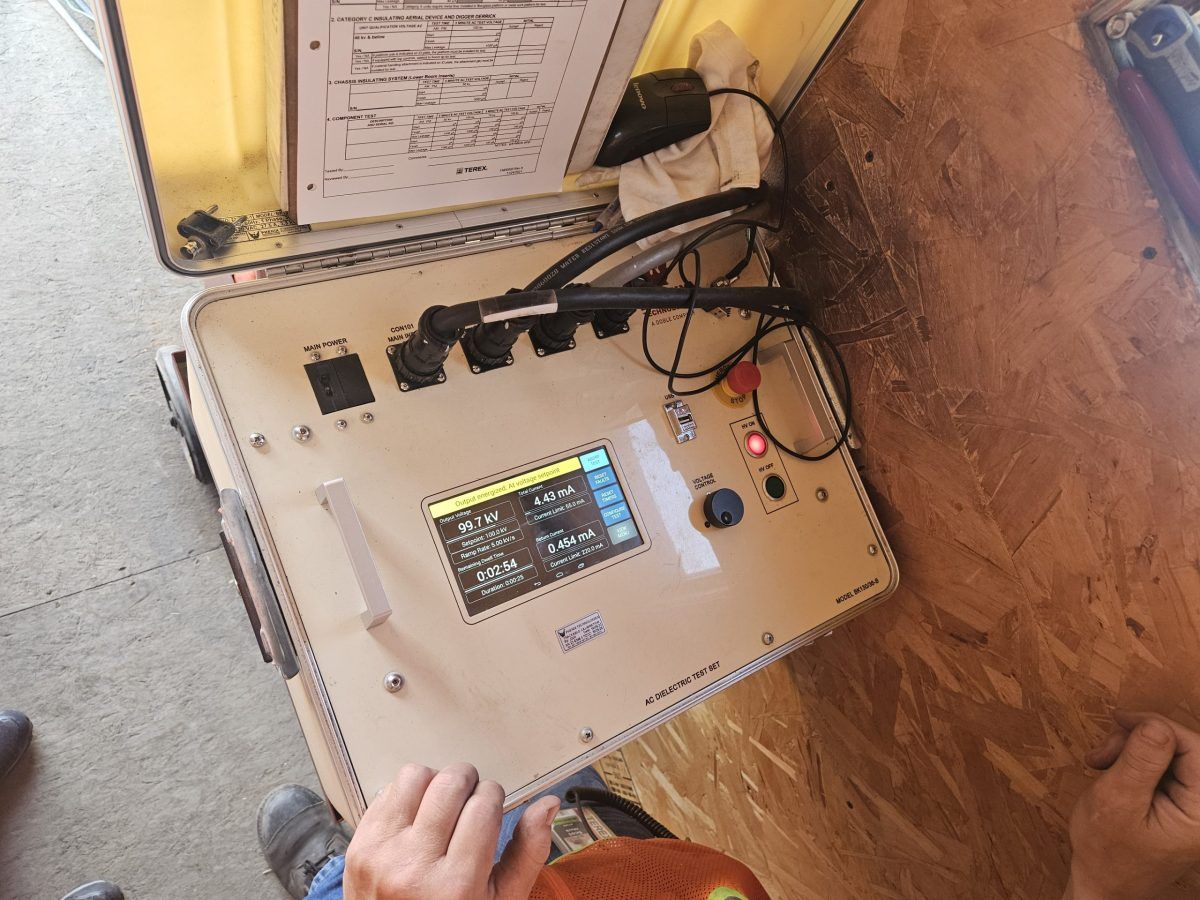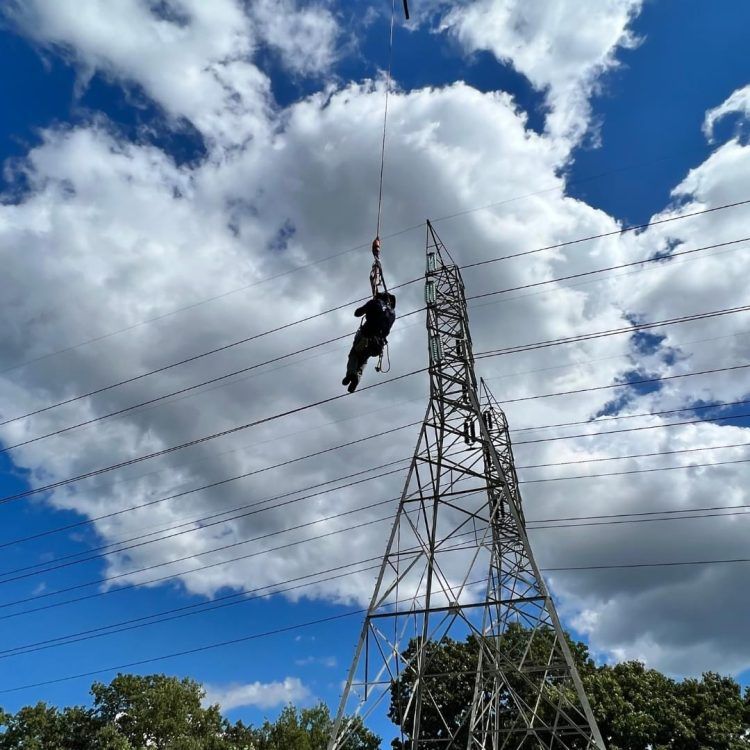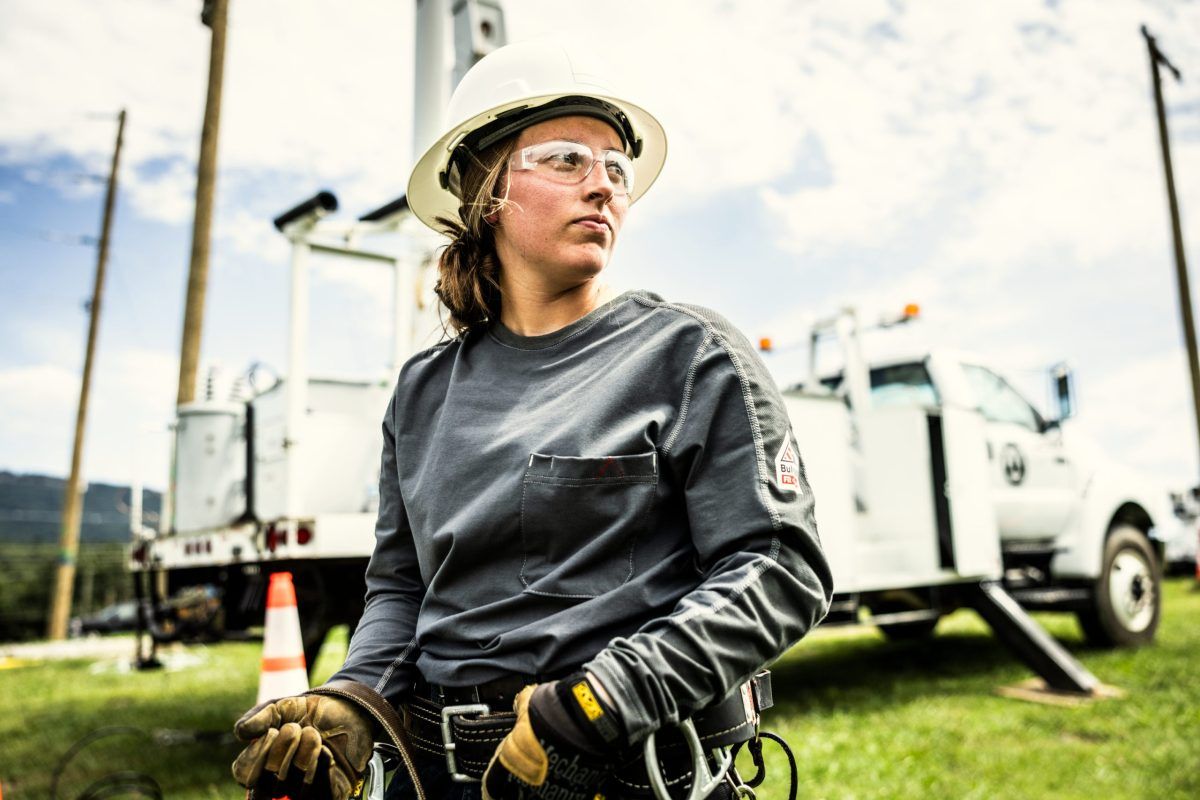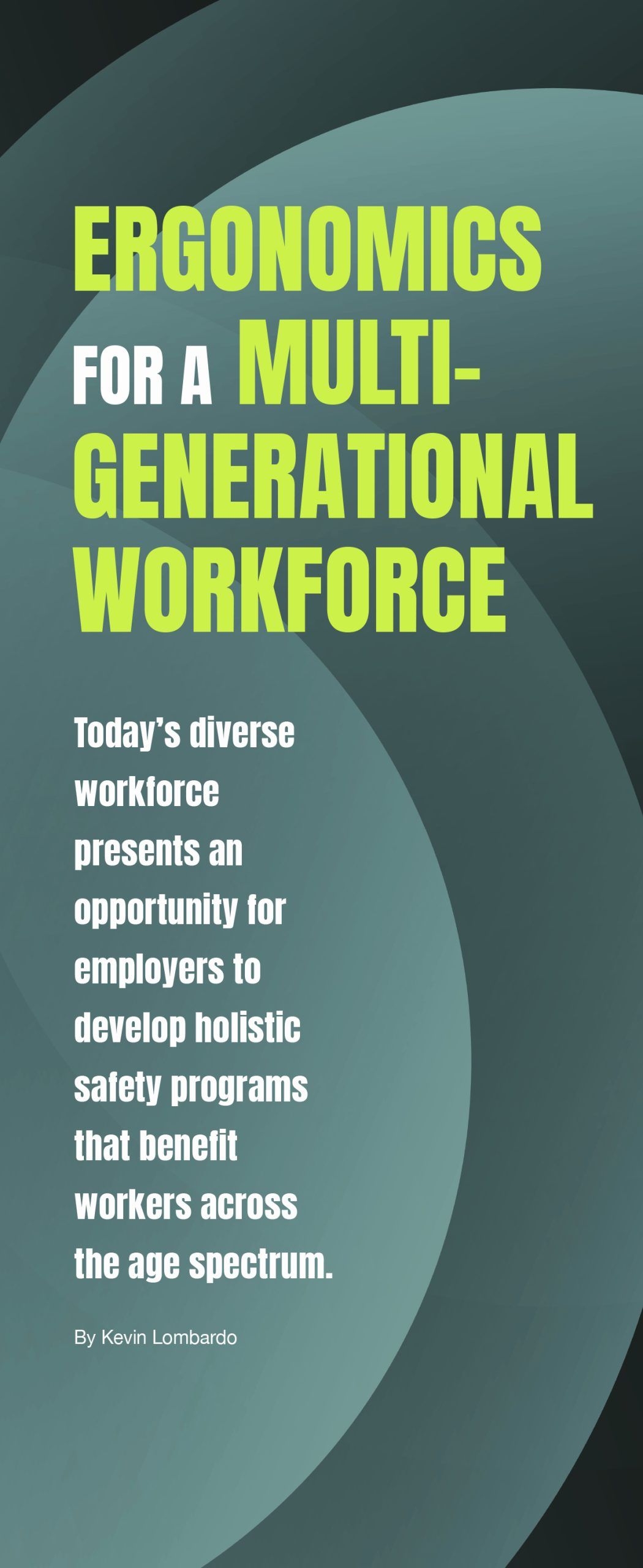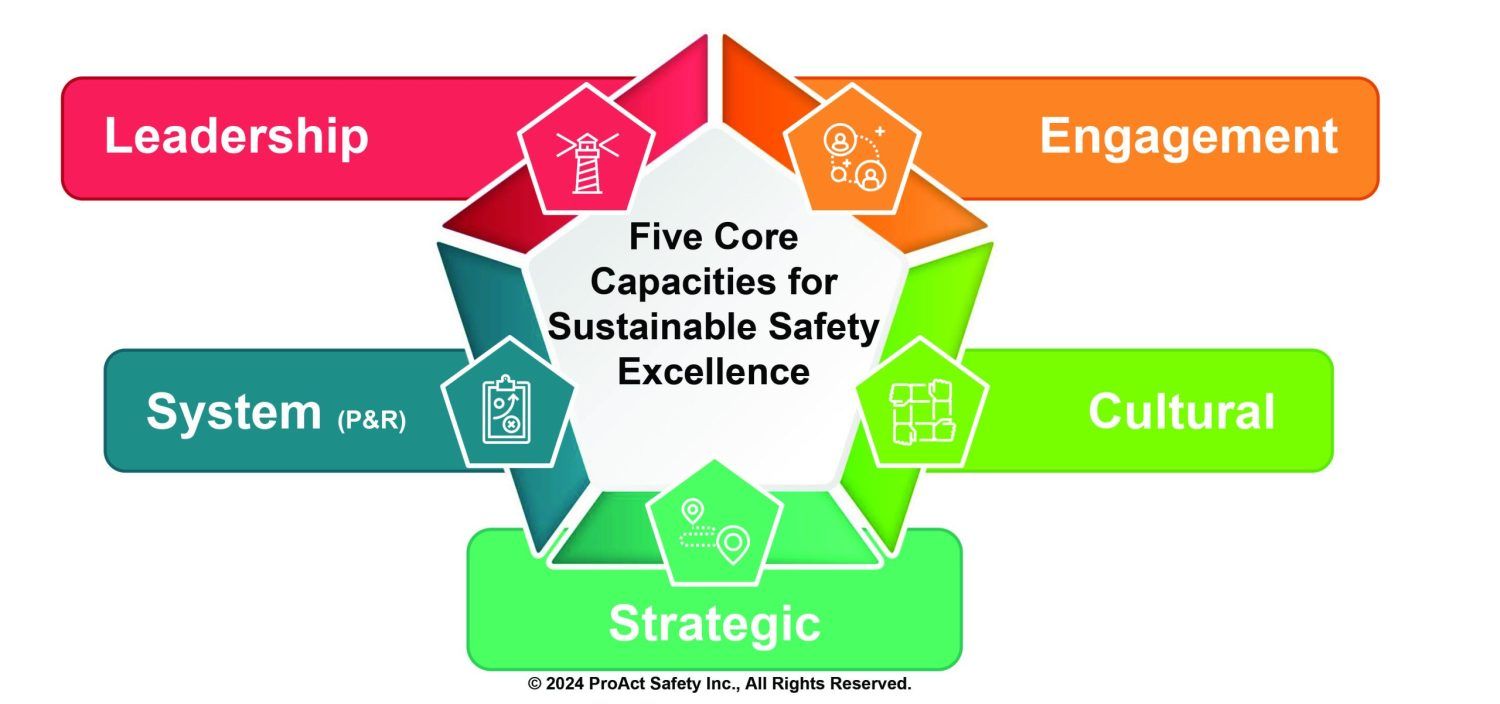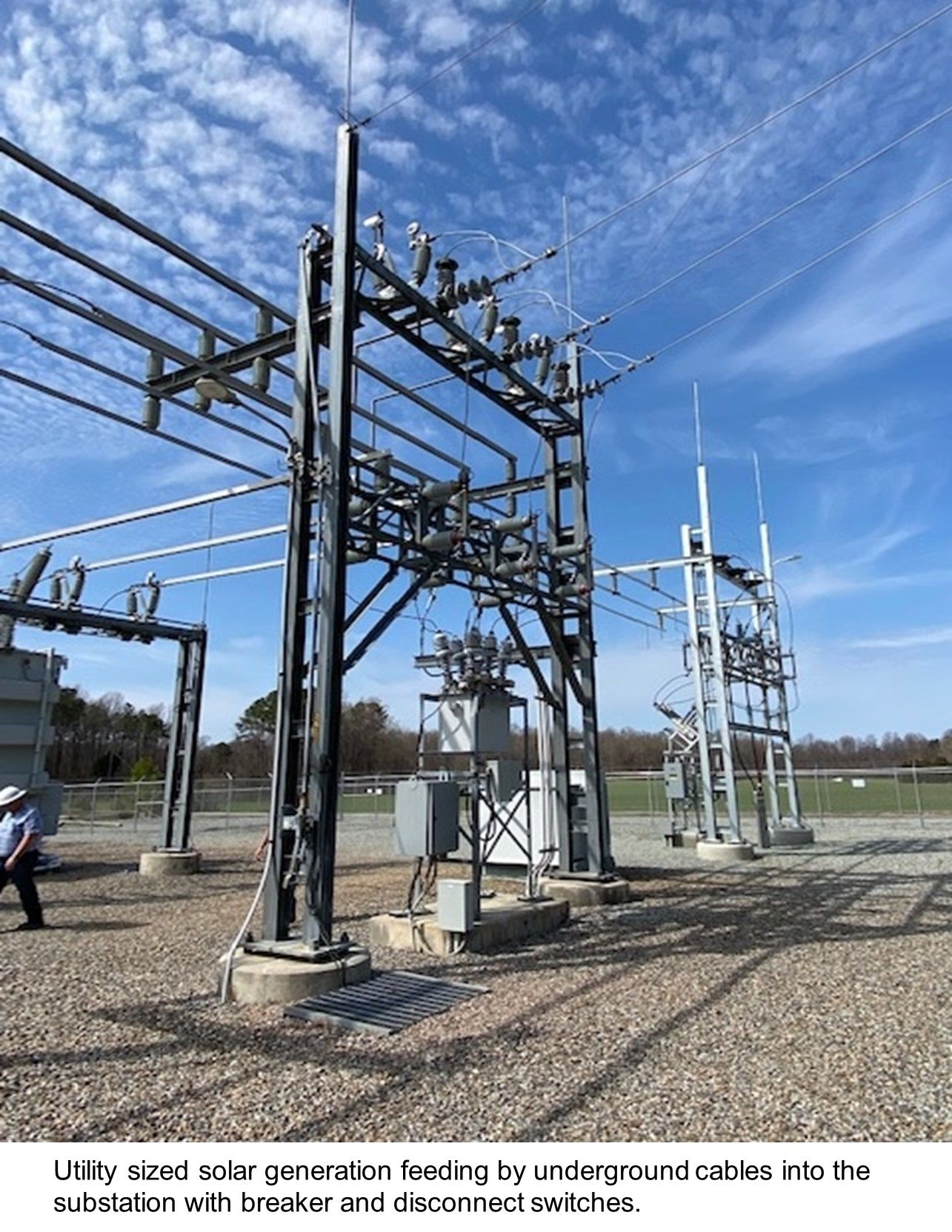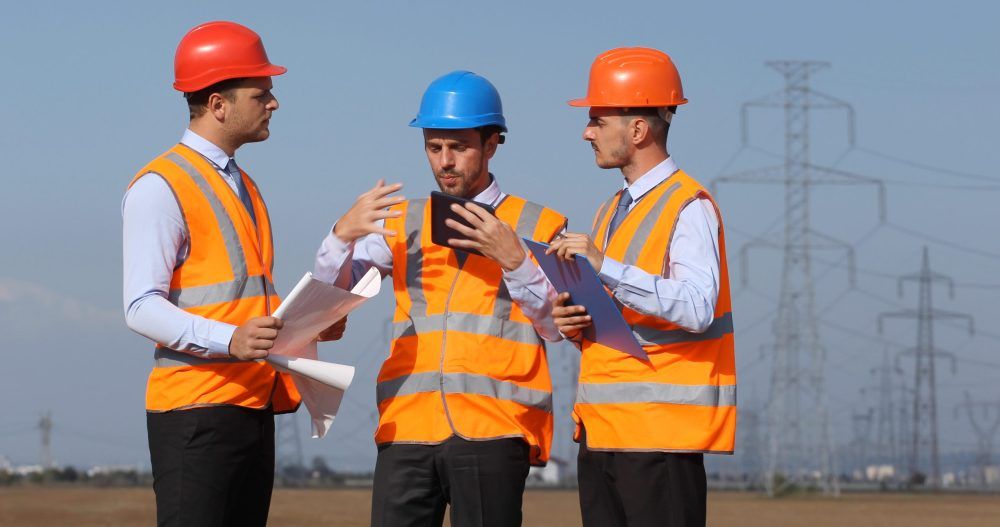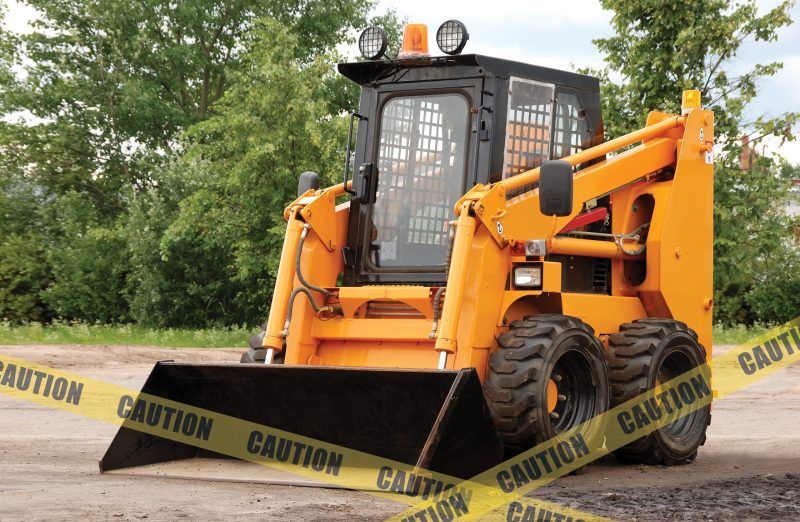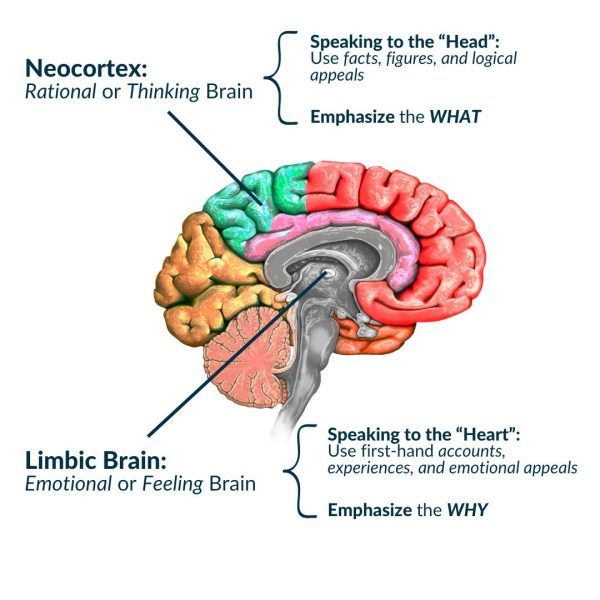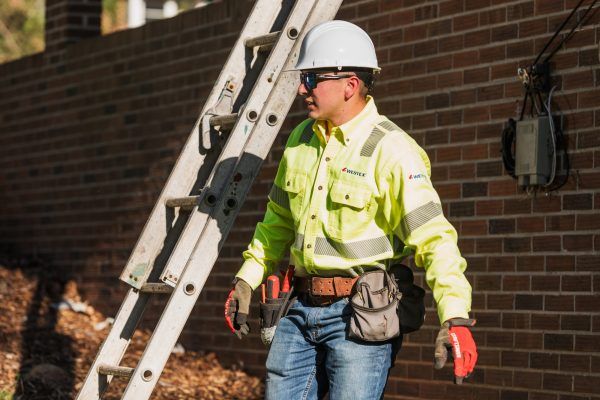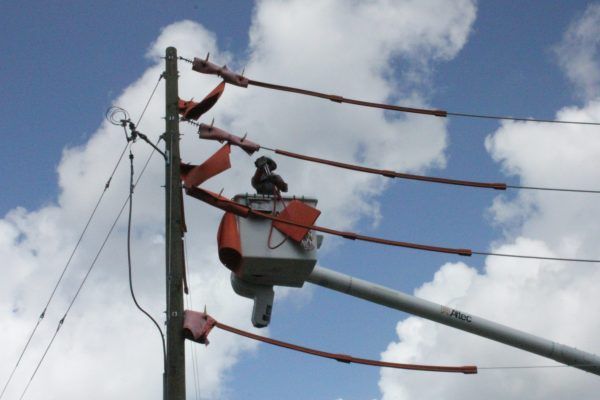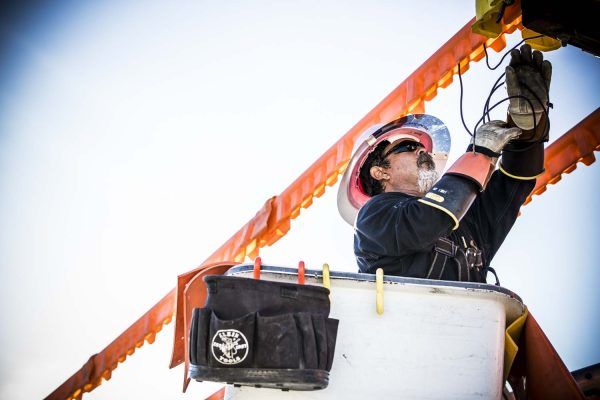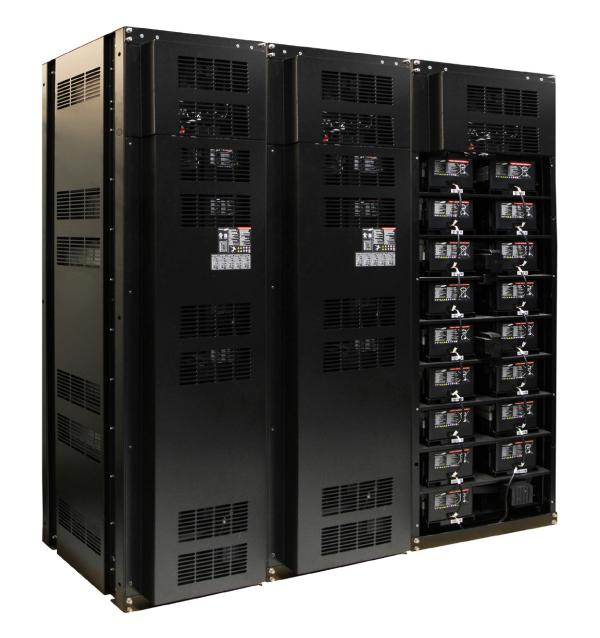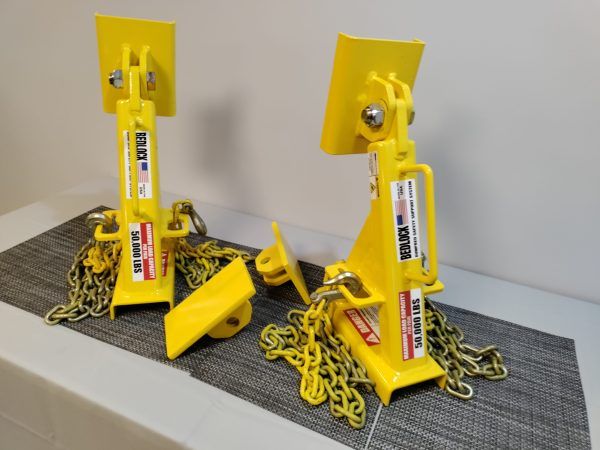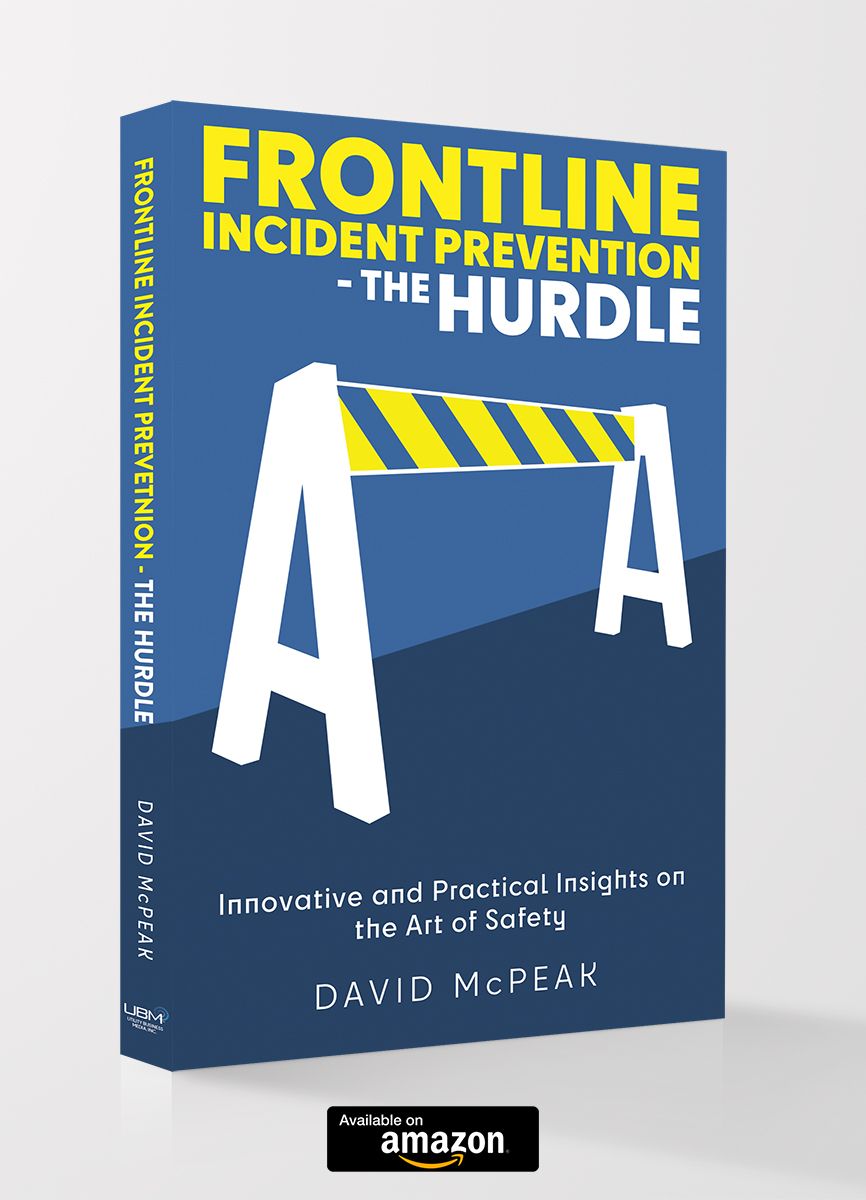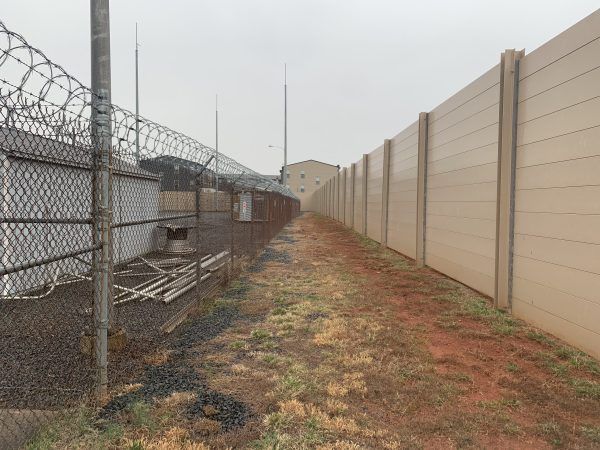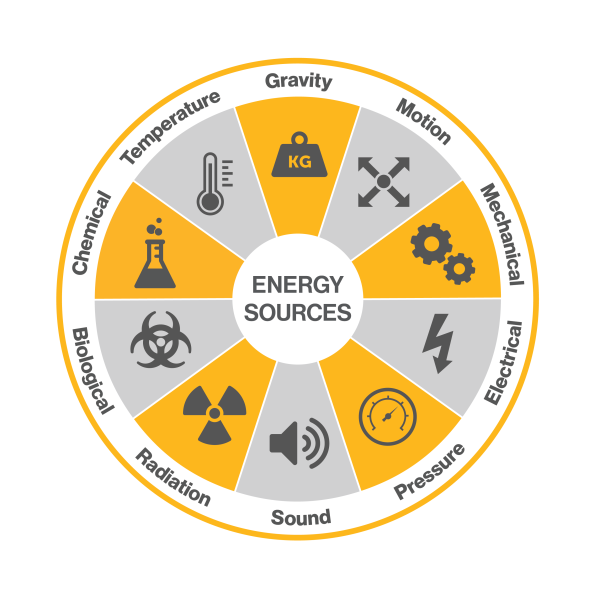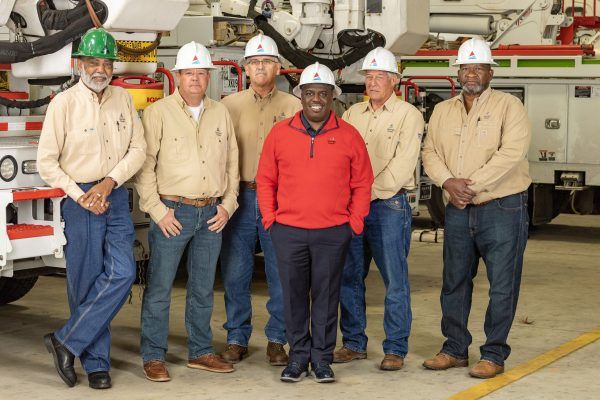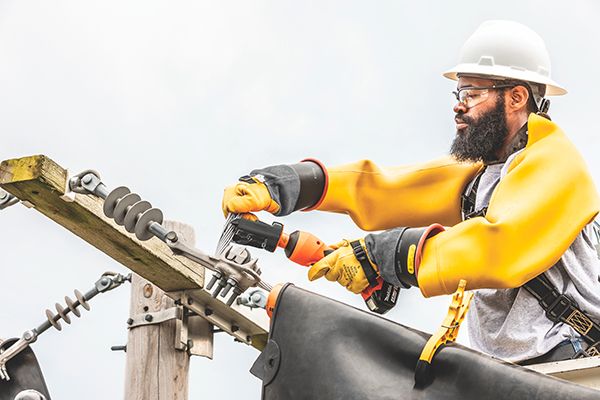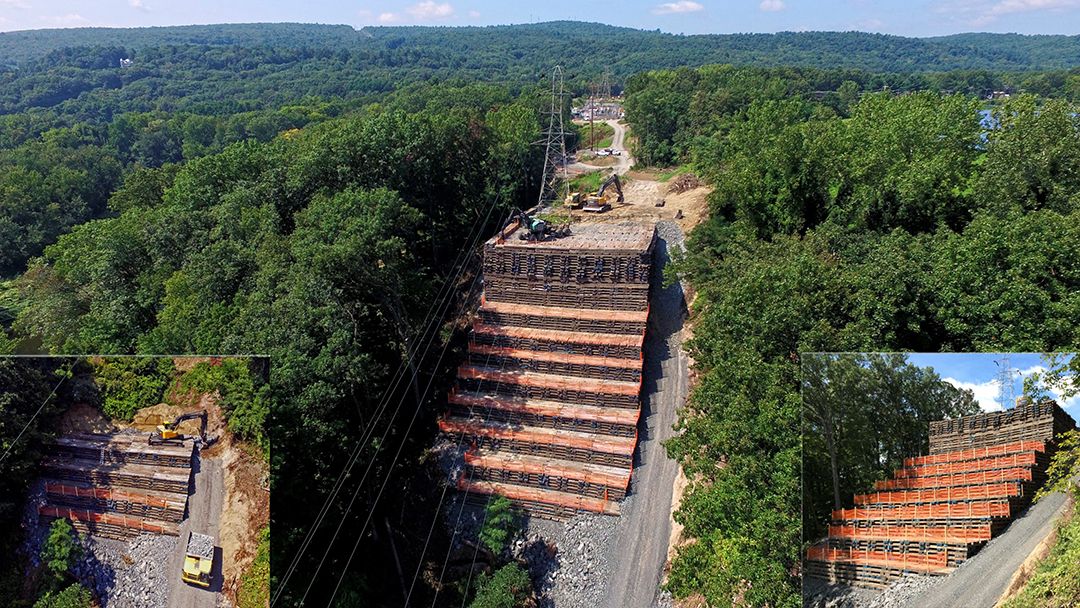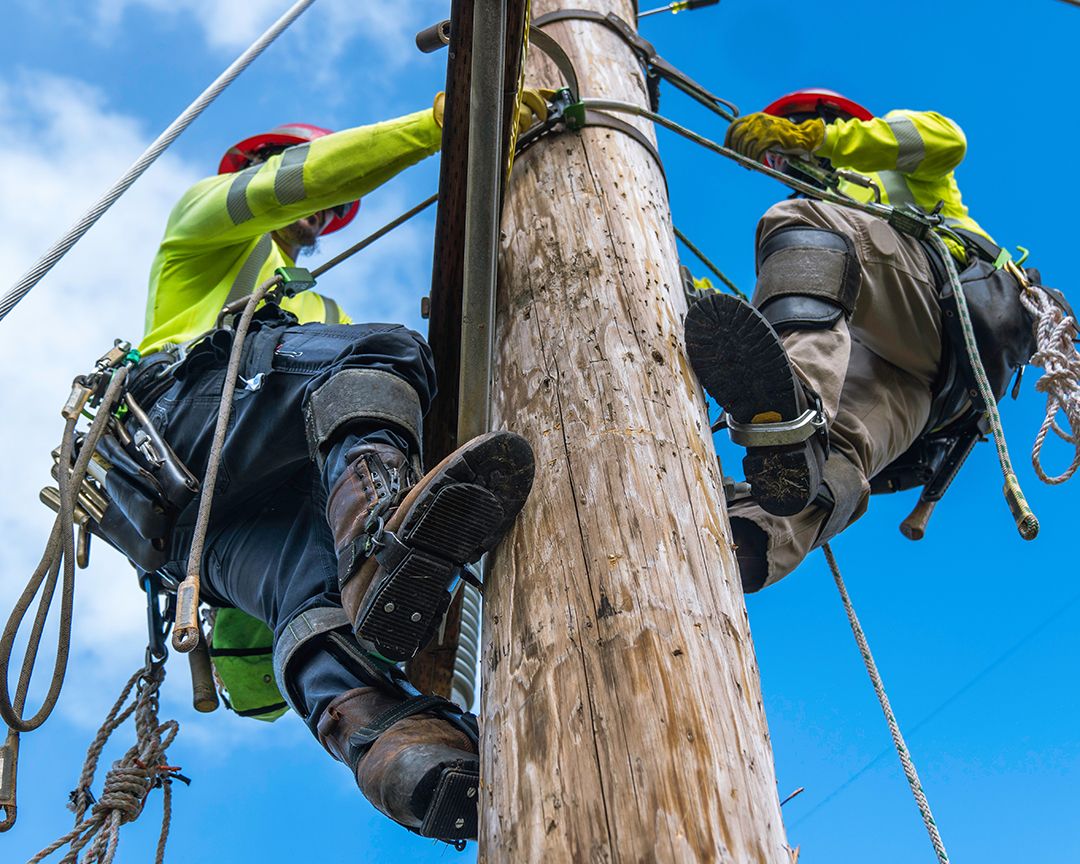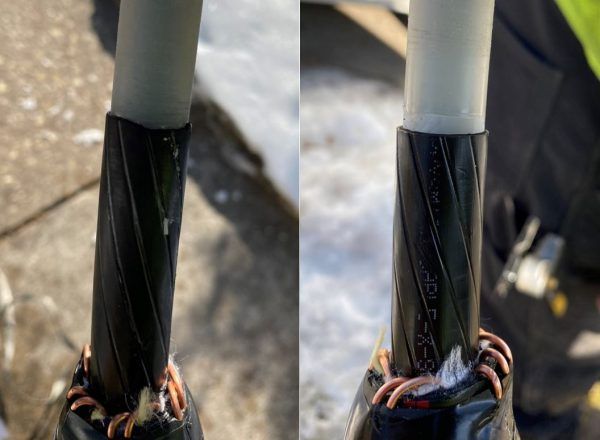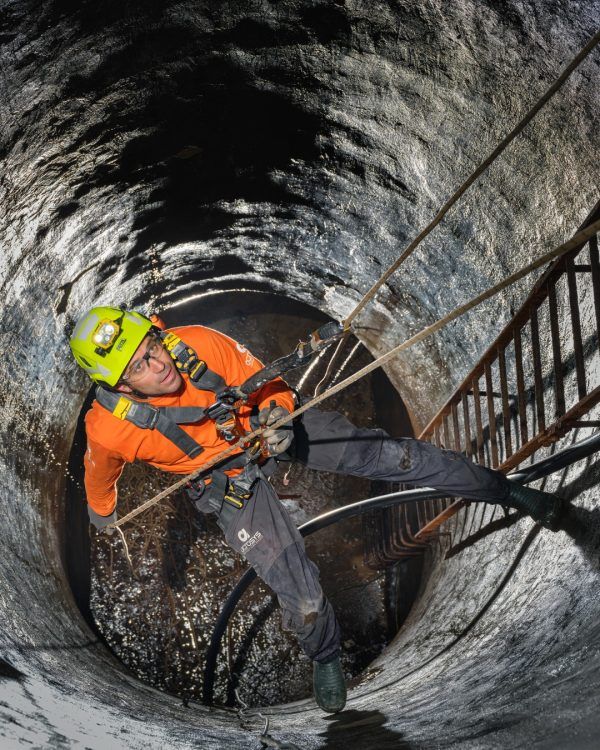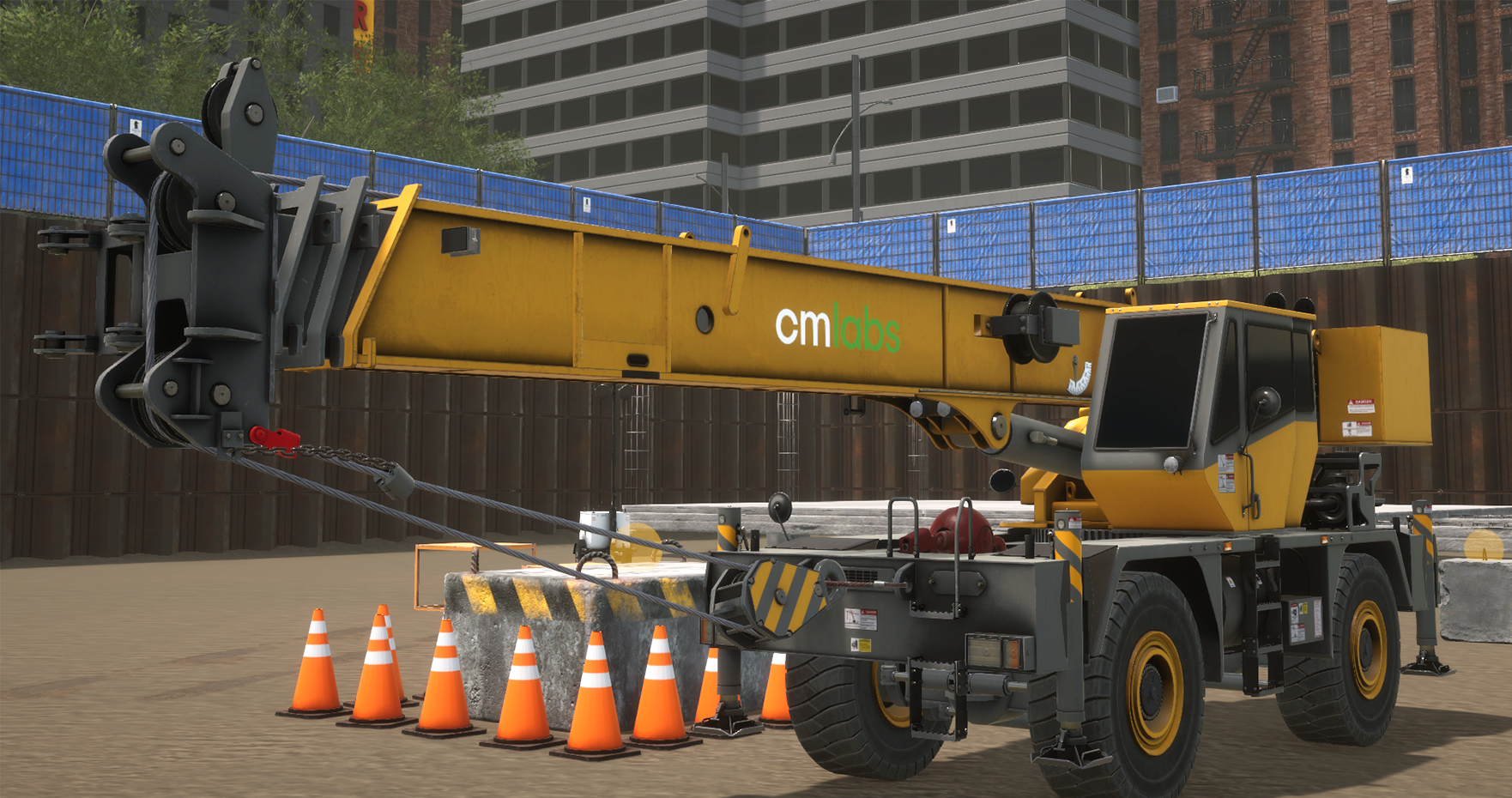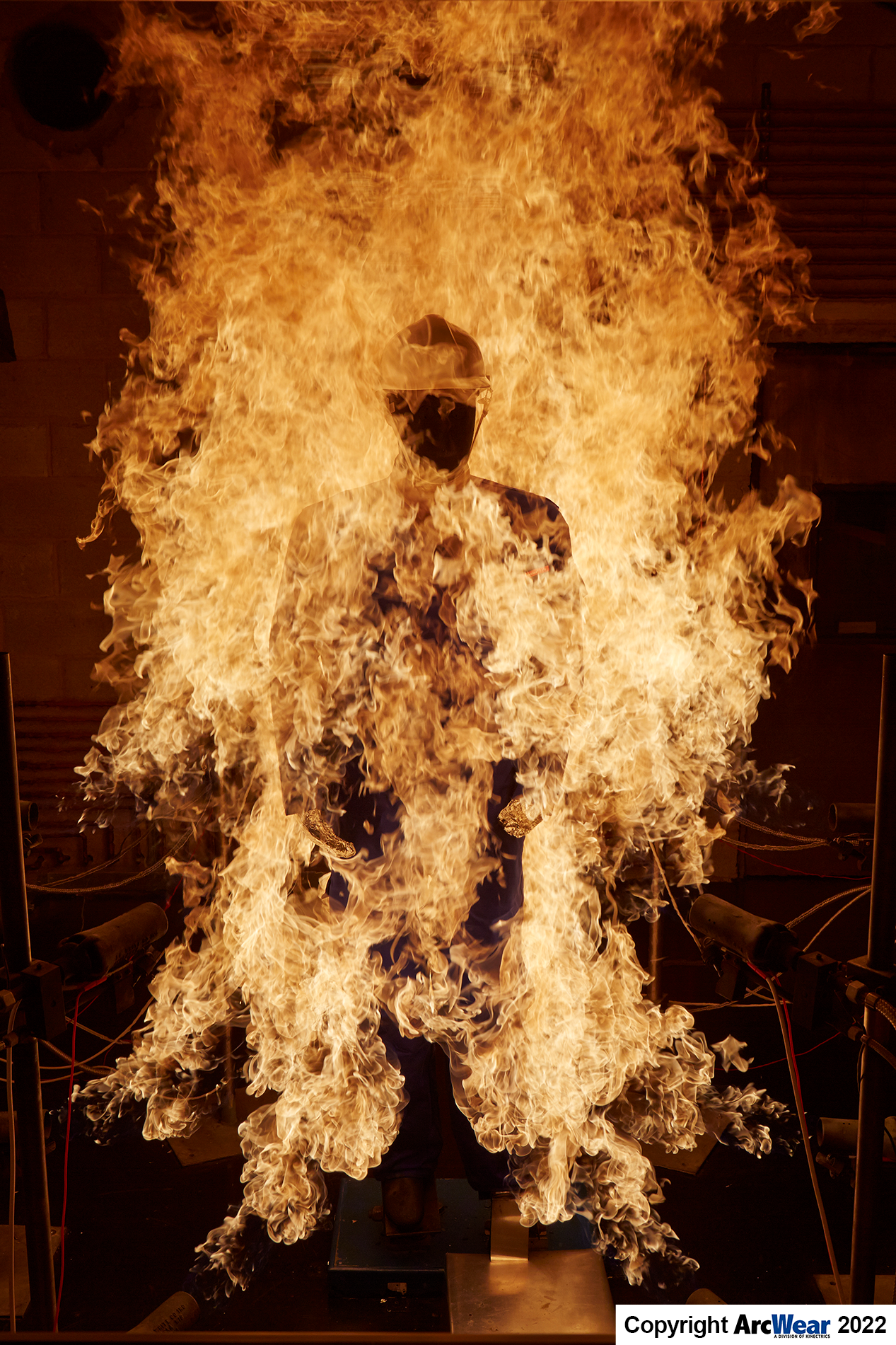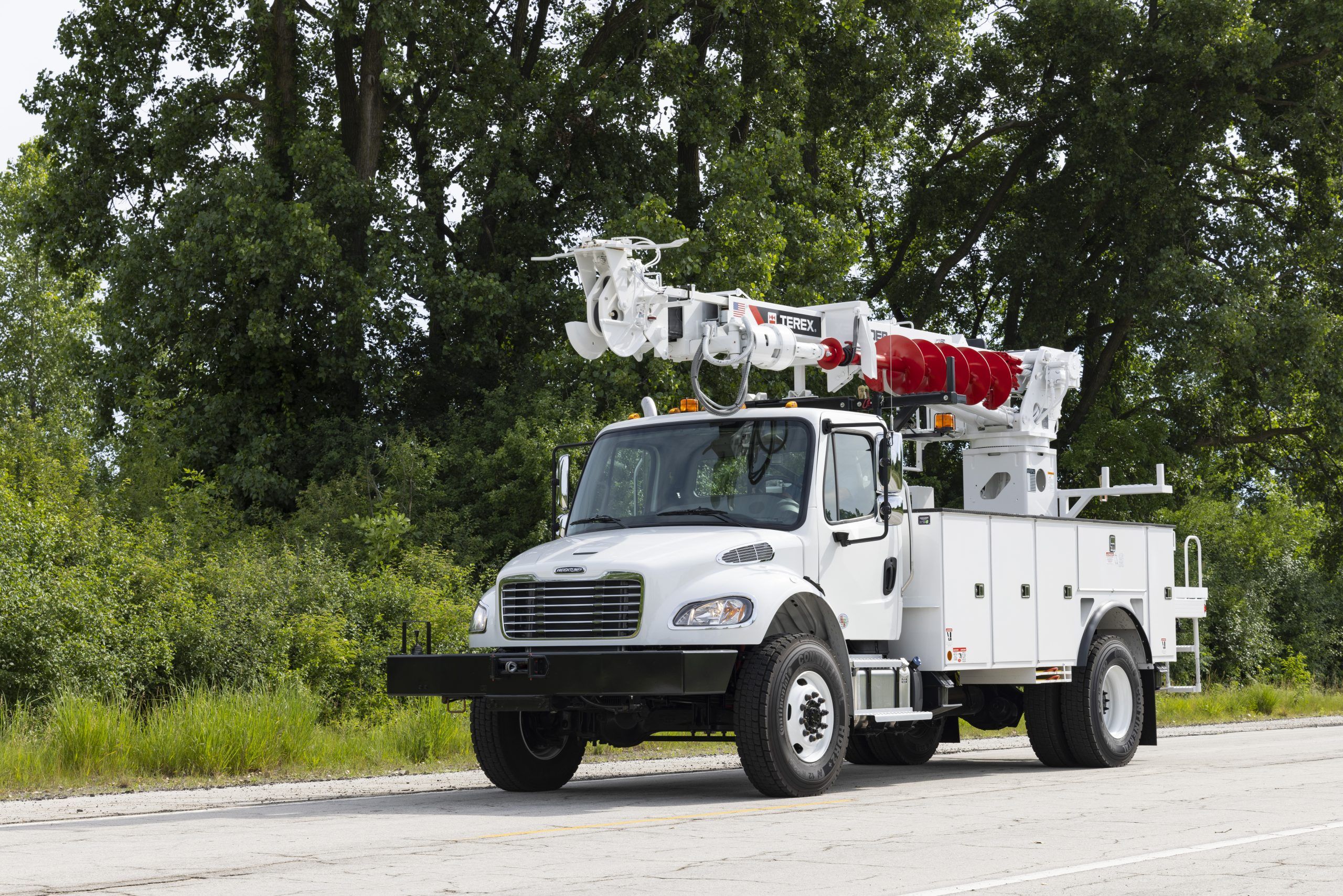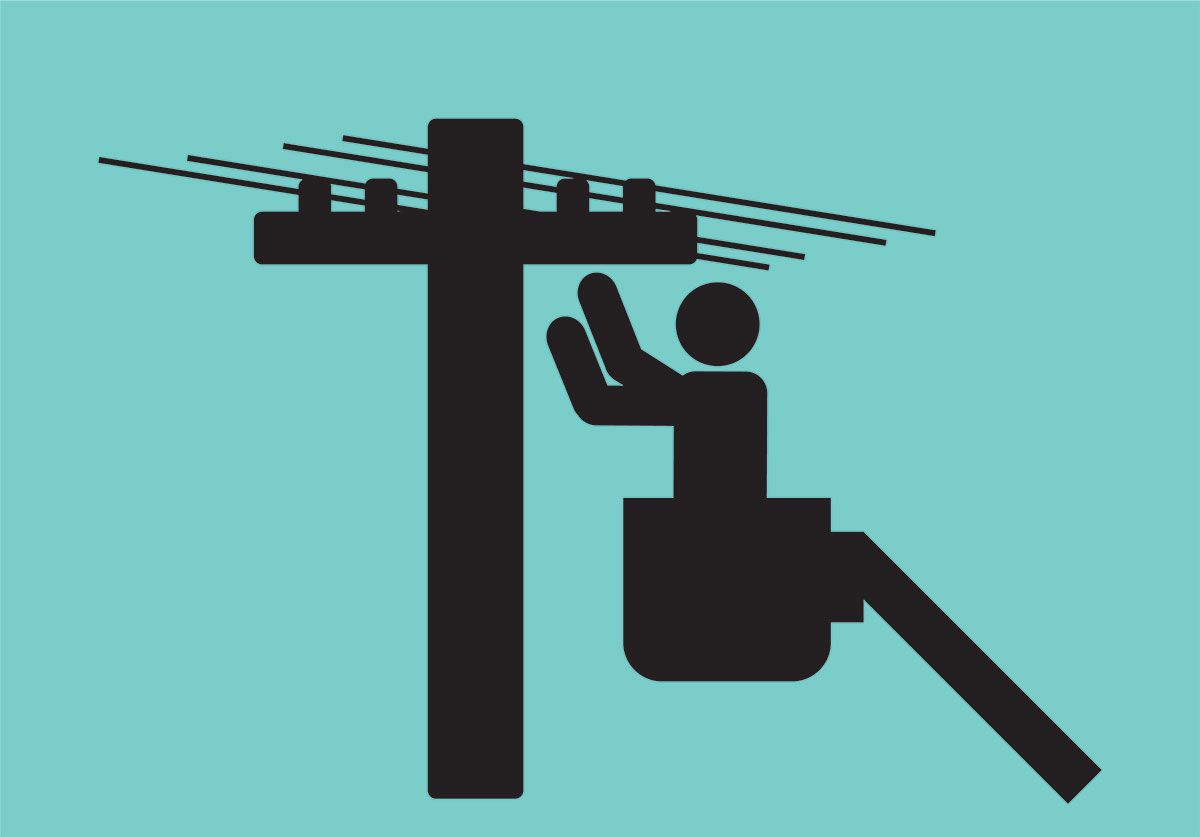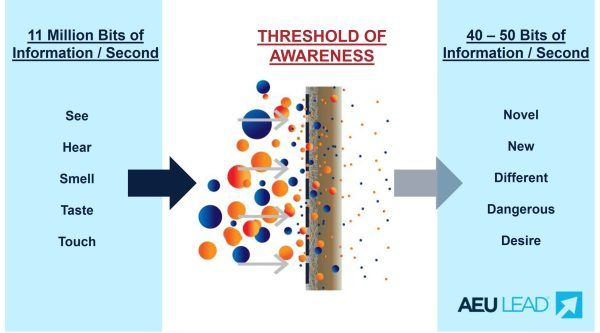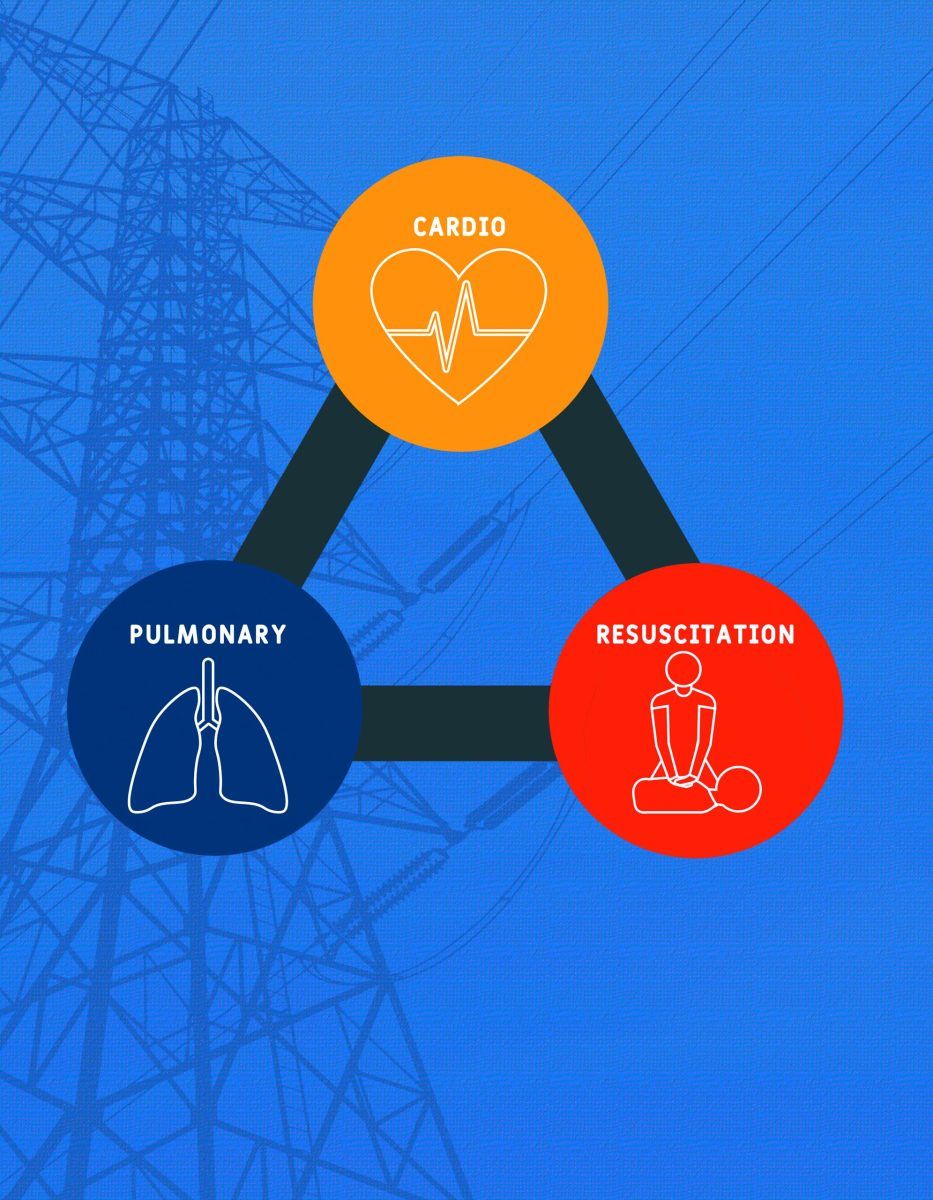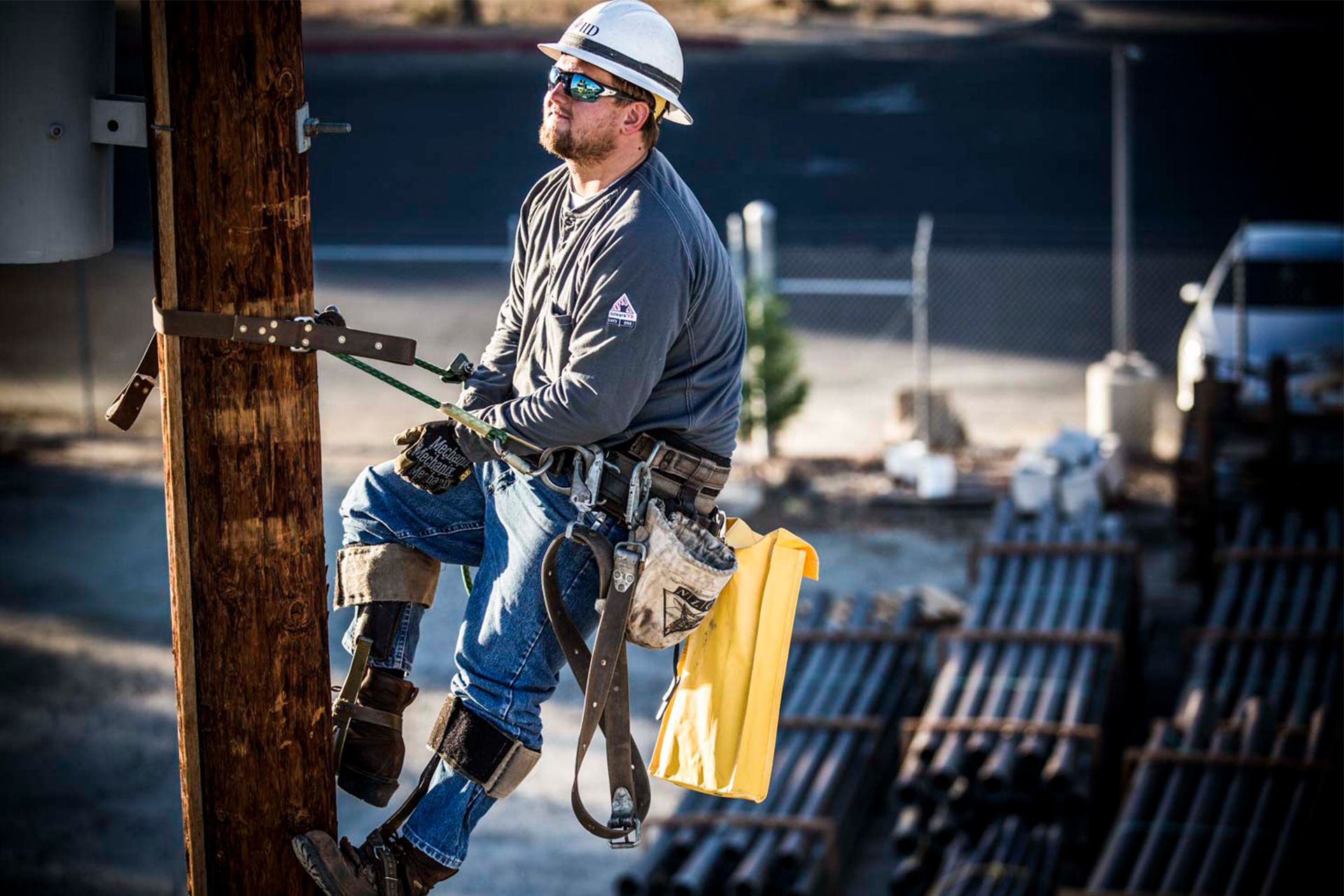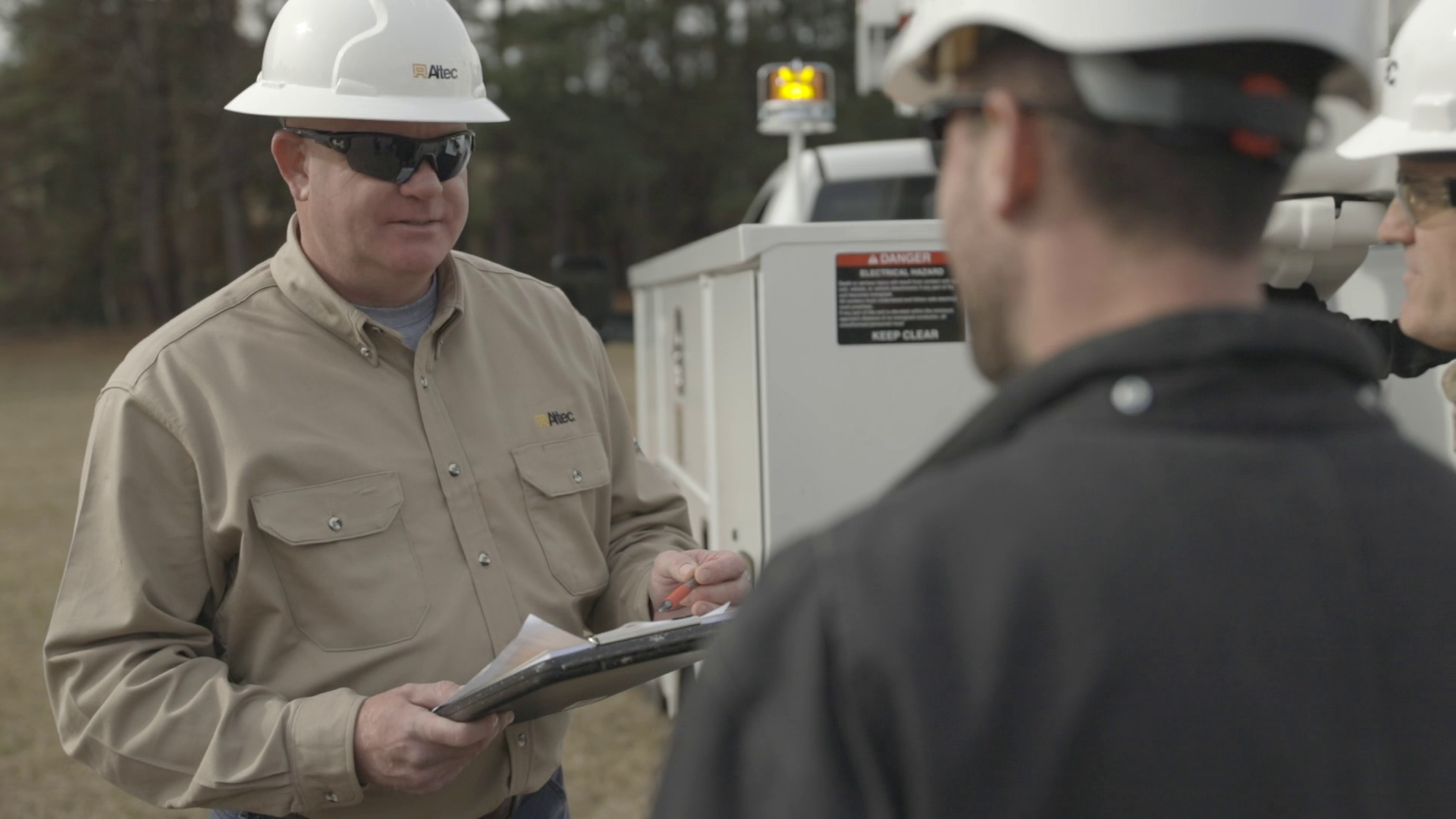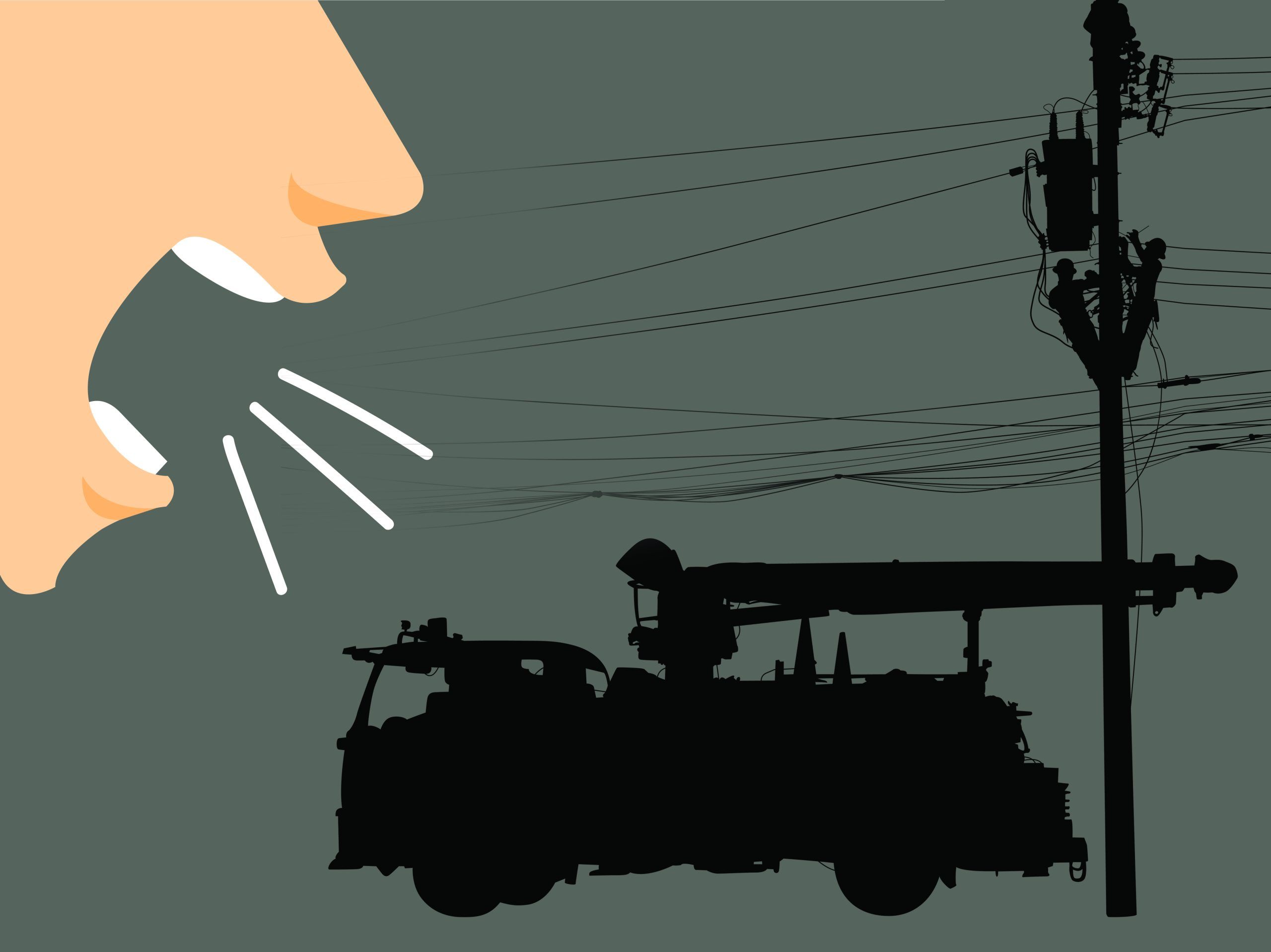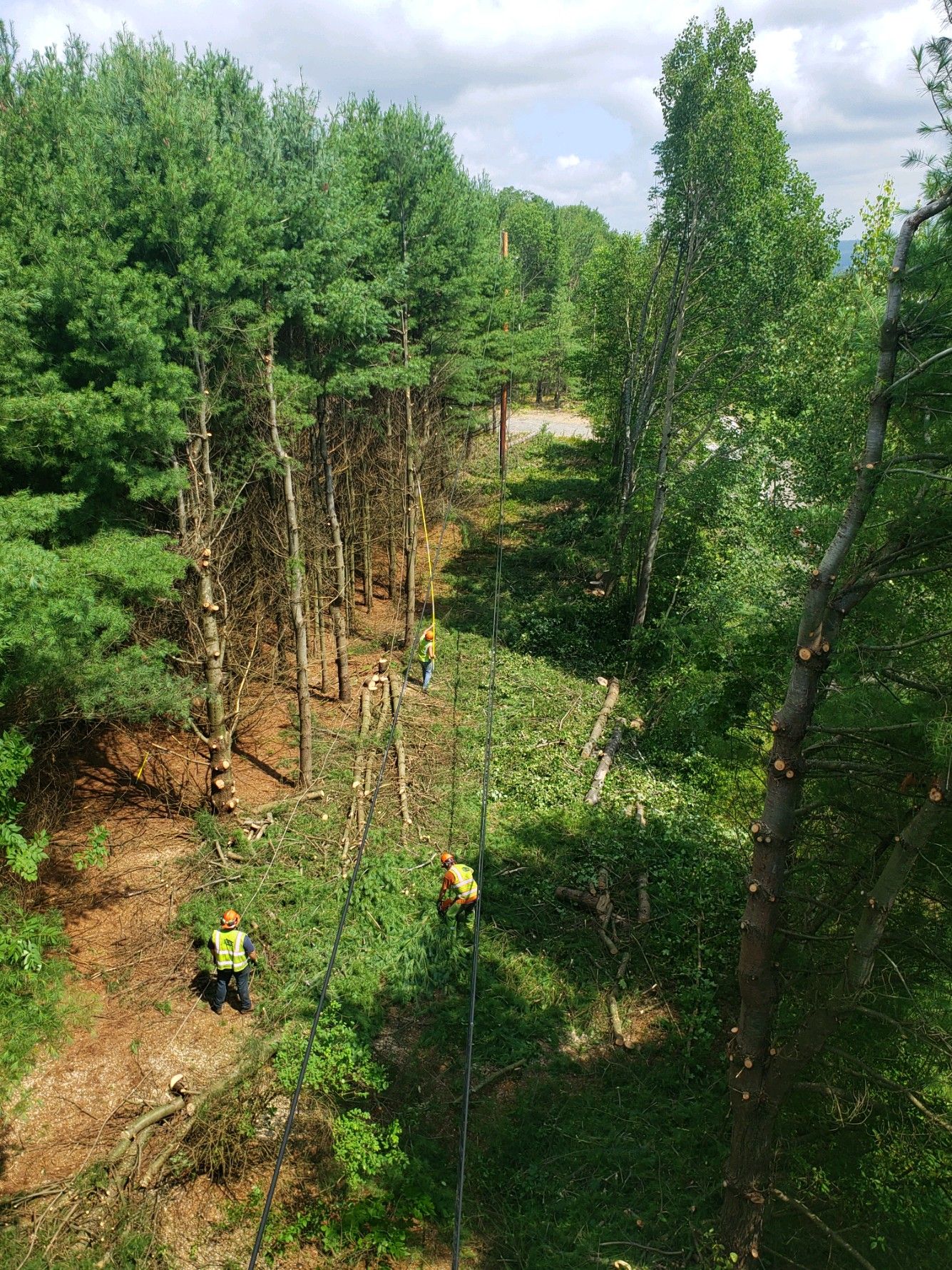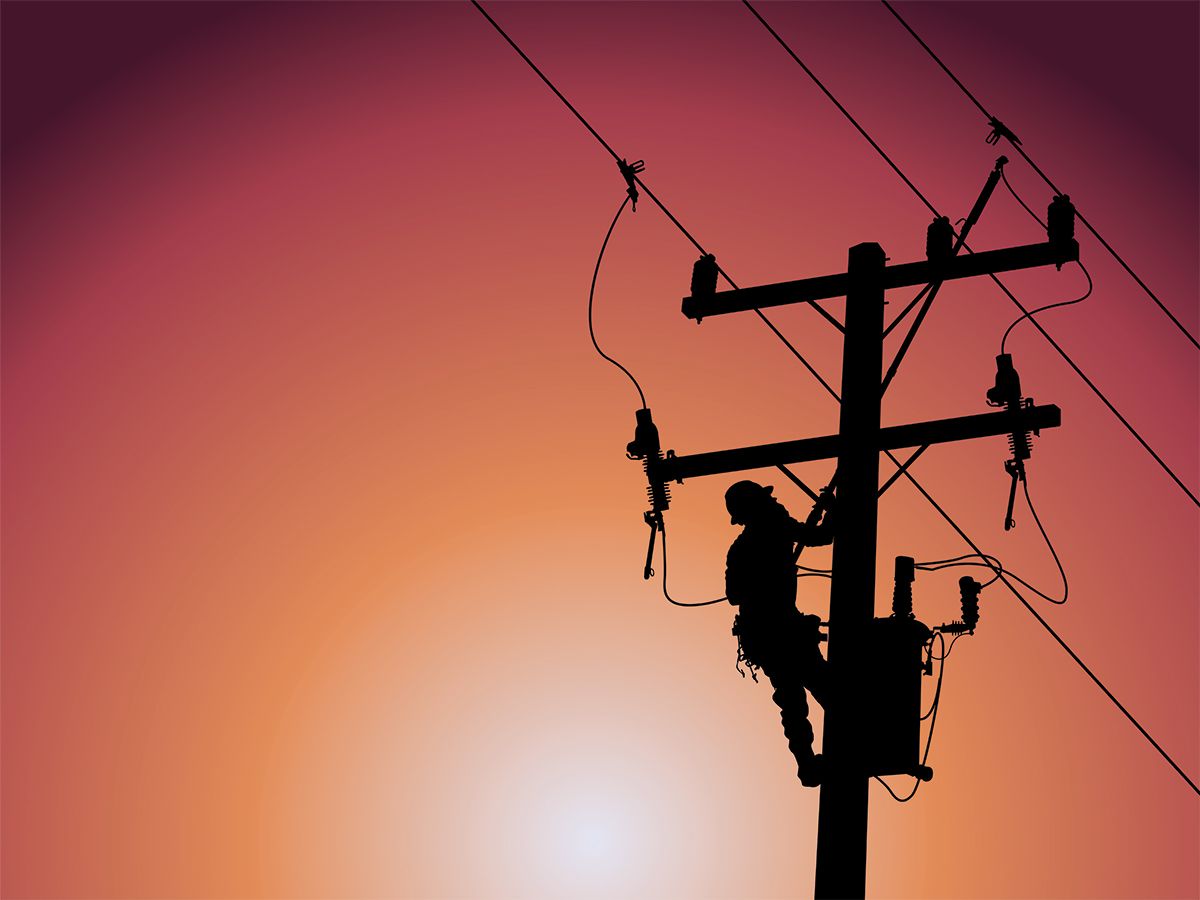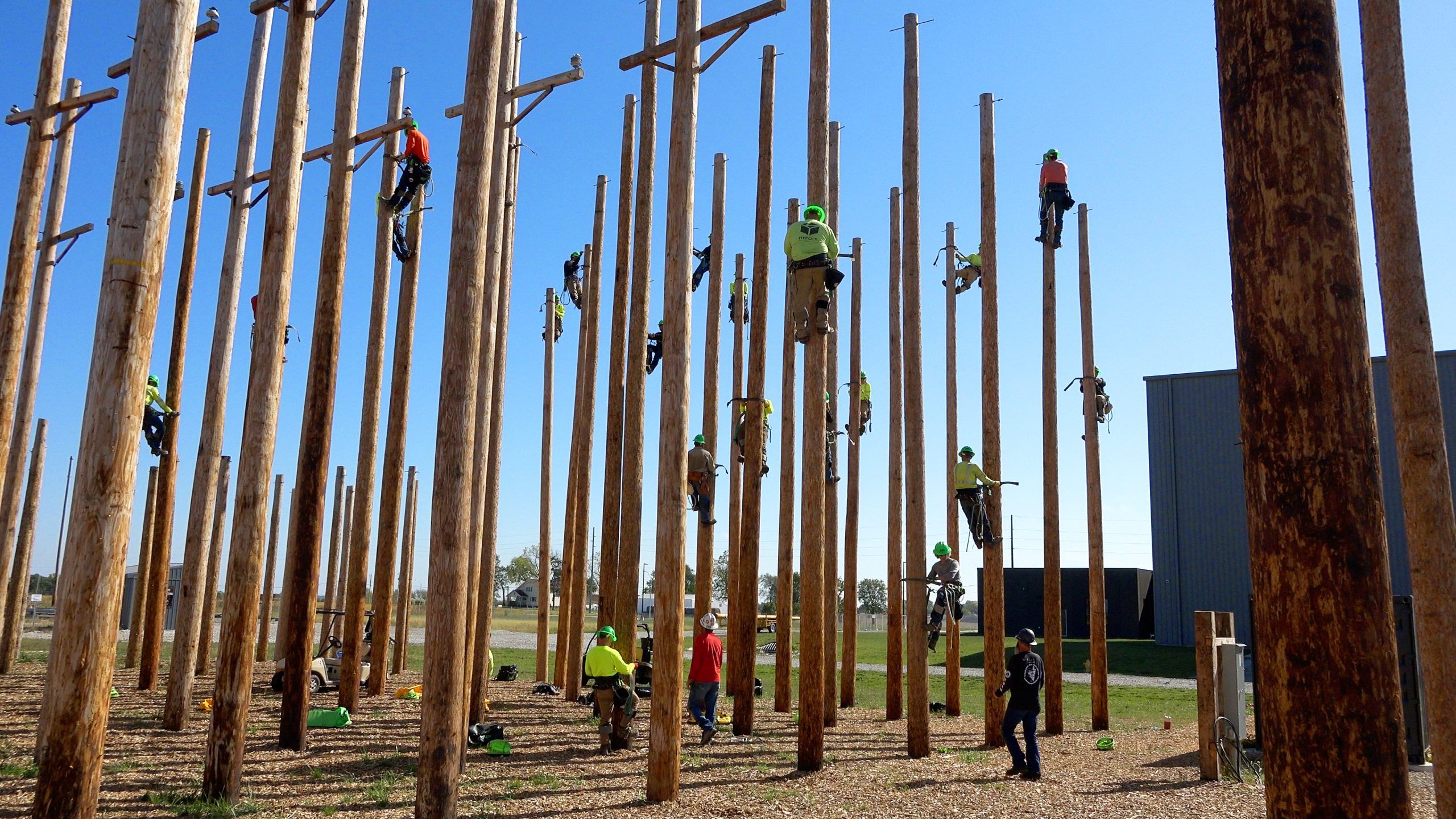Tag: Featured
When the System Isn’t Enough: How to Create Personal Motivation That Saves Lives
Written by Tom Cohenno, Ed.D., CSP, CUSP, HWC on . Posted in Safety Management, Leadership Development.
Forecasting the Future of Utility Safety: 10 Predictions for 2026 and Beyond
Written by Shawn M. Galloway on . Posted in Safety Management, Worksite Safety.
The Evolution of Personal Protective Grounding: Part 2
Written by Alan Drew on . Posted in Worksite Safety, Grounding.
‘Avoid Contact’: Correctly Understanding the MAD Without a Distance
Written by George T. Cole, CUSP, CESCP, CESW, CIT, SGE on . Posted in Safety Management, Worksite Safety.
Rethinking Arc Flash Labels for PV Projects
Written by Joe Jancauskas, P.E., CUSP, PMP on . Posted in Safety Management, Worksite Safety.
Advancing Safety Through Total Well-Being: Practical Tips and Ideas for Utility Leaders
Written by Summer Rae on . Posted in Safety Management, Leadership Development.
Equipotential Grounding for URD Work
Written by Jim Vaughn, CUSP on . Posted in Train the Trainer 101, Grounding.
The Evolution of Personal Protective Grounding: Part 1
Written by Alan Drew on . Posted in Worksite Safety, Grounding.
Variabilities in Electrical Arc Flash Protection
Written by Zarheer Jooma, P.E., Brian Shiels and Stacy Klausing, M.S. on . Posted in Safety Management, Worksite Safety.
From Risk to Reliability: Improving Rope Safety in Energized Environments
Written by Patrick Barry on . Posted in Worksite Safety.
Built In, Not Bolted On: Using Safety to Drive Operational Excellence
Written by Doug Hill, CUSP on . Posted in Safety Management, Leadership Development.
Beyond the ABCs: Fall Protection for Unique Tasks
Written by Mike Starner, CUSP, CHST on . Posted in Safety Management, Worksite Safety.
Using the Prediction Model to Prevent Incidents and Near-Misses
Written by William N. Martin, CUSP, NRP, RN, DIMM on . Posted in Worksite Safety.
Making the Safety Connection: The Impact of Total Well-Being in the Workplace
Written by Summer Rae on . Posted in Safety Management, Leadership Development.
Optimizing Arc Flash Protection: The Crucial Role of Layered Clothing
Written by Derek Sang, CSHEP, QSSP on . Posted in Worksite Safety.
The Roadmap to Gaining Senior Leader Buy-In for Safety Initiatives
Written by Sharon Lipinski, Wesley L. Wheeler, SMS, CESCP, MSP, and Keith Wheeler on . Posted in Safety Management, Leadership Development.
‘The Worst Day of My Life’
Written by Alan Drew on . Posted in Worksite Safety.
Equipment Stabilization Considerations for Utility Operations
Written by Kris Koberg on . Posted in Worksite Safety, Equipment Operations.
An Inextricable Link: The Safety Benefits of Holistic Wellness in the Workplace
Written by Mark L. Morgan on . Posted in Leadership Development.
Introducing the USMWF: A Powerful Ally for the Utility Industry
Written by John "Scotty" MacNeill, CUSP on . Posted in Worksite Safety.
Reduce Risk with New Strategies for Operator Training
Written by Alan Limoges on . Posted in Worksite Safety, Equipment Operations.
Designing Safe and Inclusive Work Systems for a Neurodiverse Workplace
Written by Barb Carr on . Posted in Safety Management.
Empowering Utility Workers: Integrating Job Control and Resource Availability for Enhanced Safety
Written by Andrew J. Goodwin, M.Sc., CSP, CRSP, CHMM, CFPS, RS/REHS, CUSP on . Posted in Safety Management.
Hand Protection for Electrical Shock and Arc Flash Hazards
Written by Hugh Hoagland and Zarheer Jooma, BSEE, M.S. on . Posted in Worksite Safety.
Dielectric Testing for Insulating Aerial Devices
Written by Jim Olson and Craig Ries on . Posted in Worksite Safety, Equipment Operations.
Assessing and Mitigating Risk in Helicopter Line Work
Written by Jenn Miller on . Posted in Worksite Safety.
Training Considerations for Active Shooter Response Programs
Written by Jim Willis, CMAS, CHS-V on . Posted in Safety Management.
Beyond the Physical Toll: The Collateral Damage of Safety Incidents
Written by Shawn M. Galloway on . Posted in Safety Management.
Innovations in FR/AR Clothing: Elevating Comfort for Optimal Performance
Written by Derek Sang, CSHEP, QSSP, and Allison Bloodworth on . Posted in Worksite Safety.
DOT Compliance Considerations for Electric Utilities
Written by Dan Greer on . Posted in Safety Management, Equipment Operations.
Ergonomics for a Multigenerational Workforce
Written by Kevin Lombardo on . Posted in Safety Management.
The Transformative Impact of Training for Frontline Managers
Written by Sharon Lipinski on . Posted in Leadership Development.
Five Core Capacities for Sustainable Safety Excellence
Written by Shawn M. Galloway on . Posted in Safety Management.
Solar Backfeed Safety on Distribution and Secondary Circuits
Written by Jerone Mabe on . Posted in Worksite Safety.
An Experiment in Crew Member Engagement
Written by Cheryl Richardson on . Posted in Safety Management, Worksite Safety.
Skid-Steer Loaders: Hazard Awareness and Recommended Safety Practices
Written by Charles Keeling, CUSP on . Posted in Worksite Safety, Equipment Operations.
Getting to the Heart of At-Risk Behaviors with Facilitative Learning
Written by Joseph White on . Posted in Safety Management, Leadership Development.
FR/AR Apparel Use: Are Your Workers Properly Trained?
Written by Scott Francis on . Posted in Worksite Safety.
ESG: Health and Safety Obstacle or Opportunity?
Written by John Fischer on . Posted in Safety Management, Leadership Development.
Pattern Disruption: Don’t Start with ‘Why’
Written by William N. Martin, CUSP, NRP, RN, DIMM on . Posted in Safety Management, Leadership Development.
Safety and Innovation Lead the Way at San Diego Gas & Electric
Written by Kate Wade on . Posted in Safety Management.
‘It’s a Wonderful Life’: Acknowledging and Safeguarding Our Blessings
Written by Mark Todd on . Posted in Worksite Safety.
‘Avocado Hand’ and Scaling the Safety Message
Written by Jeffrey Sullivan on . Posted in Worksite Safety.
The Health and Safety Plan: A Project Management Tool
Written by Charles Keeling, CUSP on . Posted in Safety Management.
Using Flame-Resistant and Arc-Rated Clothing to Mitigate Cold Stress
Written by Derek Sang, CSHEP, QSSP on . Posted in Worksite Safety.
Nurturing Strong Leadership: An Approach to Professional Development in Skilled Trades
Written by Nathan Boutwell, M.Eng., CSP, SMS, CIT, CUSP, and Mike Starner, CUSP, CHST on . Posted in Leadership Development.
Employee-in-Charge Requirements
Written by Pam Tompkins, CSP, CUSP on . Posted in Safety Management.
Direct Current Hazards and Protection Strategies
Written by Zarheer Jooma, Hugh Hoagland, Brian Shiels on . Posted in Safety Management.
New 2023 Products to Watch
Written by Kate Wade on . Posted in Industry Events.
The Art of Safety – Unnormalizing Deviation
Written by David McPeak, CUSP, CIT, CHST, CSP, CSSM on . Posted in Frontline Fundamentals.
Harnessing AI: Crafting the Future of Safety Professionals
Written by Barry Nelson on . Posted in Safety Management.
Tip of the Spear: A Tactical Approach to Safety Leadership
Written by Rod Courtney, CUSP on . Posted in Leadership Development.
Planning for Emergencies: How to Increase Survivability When Someone Gets Hurt
Written by Lito Wilkins, CUSP on . Posted in Safety Management, Worksite Safety.
The Art of Safety: Self-Reliance
Written by David McPeak, CUSP, CIT, CHST, CSP, CSSM on . Posted in Safety Management, Frontline Fundamentals.
Strengthening the Substation Fence
Written by Jim Willis, CMAS, CHS-V on . Posted in Safety Management, Worksite Safety.
Overcoming the Illusion of Safety
Written by William N. Martin, CUSP, NRP, RN, DIMM on . Posted in Leadership Development.
Preventing Struck-By Incidents in Utility Construction
Written by Mike Starner, CUSP, CHST on . Posted in Safety Management, Worksite Safety.
The Quail Effect: An Indicator of Safety Culture
Written by Joshua Reilly, SMS, CIT, CUSP on . Posted in Safety Management.
Powered Ascenders in the Utility Space
Written by Ty Fenton on . Posted in Worksite Safety, Equipment Operations.
Eyes on the Wire: The Year of Actively Caring
Written by Addy Apesos on . Posted in Safety Management, Worksite Safety.
Using Power Tools in the Bucket
Written by Ryan Berg and Jim Olson on . Posted in Worksite Safety.
7 Secrets of Root Cause Analysis
Written by Mark Paradies and Alex Paradies on . Posted in Safety Management.
Matted Surfaces: Safety Considerations and Controls
Written by Nathan Boutwell, M.Eng., CSP, SMS, CIT, CUSP; Nick Powers; and Bill Hinrichs, CUSP on . Posted in Worksite Safety.
Gauges: How Do You Measure Safety?
Written by Dwight Miller, CLCP, CUSP on . Posted in Safety Management, Leadership Development.
Industry Trends and Solutions to Improve Worker Readiness
Written by Kyle Schmoyer and Kris Corbett on . Posted in Safety Management.
3 Sustainability Considerations When Evaluating FR/AR Apparel
Written by Josh Moody on . Posted in Worksite Safety.
Increasing Safety Through Underground Integrity Management
Written by Daniel Patseavouras, CPTM on . Posted in Safety Management.
6-Step Method for Safety Harness Inspections
Written by Rick Pedley on . Posted in Worksite Safety.
A Targeted Approach to Safety Gap Analysis
Written by Thomas Arnold, CSP, CUSP, and Michael Anderson, CSP, CUSP on . Posted in Safety Management.
Influencing Crew Safety
Written by William N. Martin, CUSP, NRP, RN, DIMM on . Posted in Worksite Safety.
Crash Analysis: A Personal Story
Written by Jim Vaughn, CUSP on . Posted in Train the Trainer 101.
Advancing Workforce Skills Using Simulation-Based Training
Written by Christa Fairchild on . Posted in Worksite Safety, Equipment Operations.
Thermal Protection for Electrical Work
Written by Zarheer Jooma, P.E., Brian Shiels and Stacy Klausing, M.S. on . Posted in Safety Management.
Understanding Wind Speed Limitations on Utility Equipment
Written by Jim Olson on . Posted in Worksite Safety, Equipment Operations.
The 8 Habits of a Highly Effective Safety Culture
Written by Rod Courtney, CUSP on . Posted in Safety Management.
Closing the Cracks with the FMCSA’s Drug and Alcohol Clearinghouse
Written by Joshua Reilly, SMS, CIT, CUSP on . Posted in Safety Management.
Beyond Behavior-Based Safety: Why Traditional Safety Practices are No Longer Enough
Written by Joseph White on . Posted in Safety Management, Leadership Development.
Using a Learning Management System to Augment Lineworker Training
Written by Kenneth Pardue on . Posted in Leadership Development.
The Case for Enhanced First-Aid Training for Lineworkers
Written by William N. Martin, CUSP, NRP, RN, DIMM on . Posted in Worksite Safety.
Does Positive Feedback Improve Safety?
Written by Sharon Lipinski on . Posted in Leadership Development.
Mitigating Heat and Cold Stress with FR/AR Clothing
Written by Derek Sang, CSHEP, QSSP on . Posted in Safety Management.
Best Practices for Bucket Truck Rescue
Written by Ty Fenton on . Posted in Worksite Safety.
Designing a Safe and Reliable Electrical Maintenance Program
Written by Martin Robinson, IEng., CMRP, CRL on . Posted in Safety Management.
Using PPE to Bolster Safety Resilience
Written by Scott Francis on . Posted in Safety Management.
Safety Advancements in the Line-Clearance Industry
Written by John Sullivan , CUSP on . Posted in Safety Management.
ANSI A92.2: 2022 Changes and Training Requirements
Written by Phil Doud on . Posted in Safety Management, Equipment Operations.
Grounding Conductor Confusion: What’s the Best One to Use?
Written by Stephen Oaks on . Posted in Worksite Safety, Grounding.
Security in the Field: A Largely Unnoticed Need
Written by Jim Willis, CMAS, CHS-V on . Posted in Safety Management.
Lineworkers and Line-Clearance Workers: Understanding Their Similarities and Differences
Written by Philip Moran, CTSP, CUSP on . Posted in Worksite Safety.
Actionable Safety: Modeling Change for Line Crews
Written by William N. Martin, CUSP, NRP, RN, DIMM on . Posted in Worksite Safety.
From My Bookshelf to Yours: ‘The 7 Habits of Highly Effective People’
Written by David McPeak, CUSP, CIT, CHST, CSP, CSSM on . Posted in Leadership Development, Frontline Fundamentals.
Just Like the Real Thing: Training the Next Generation of Lineworkers
Written by webmaster on . Posted in Leadership Development.


